Dean Magallona focused on 4 aspects – (1) problems in the methodology of the Consultative Committee to Review the 1987 Constitution (Consultative Committee); (2) national territory as defined under the proposed constitution; (3) federalism as permanent and indissoluble under the proposed constitution; and (4) the treatment of natural resources in the proposed constitution.
For him, it is fundamentally problematic that the Consultative Committee did not begin their work by identifying the problems sought to be resolved by federalism in the present system. No consultations with the Filipinos were made. They were not made aware about how federalism will affect their lives and the problems they would likely suffer under the proposed constitution. Instead, they acceded in communicating their own imagination of how their version of federalism would play out in the Philippines.
Dean Magallona then emphasized that the Consultative Committee’s definition of national territory under Art. 1, Sec. 1 of the 1987 Constitution, derogates the United Nations Convention on the Law Of the Sea (UNCLOS) as it claims the extended continental shelf “over which the Philippines possesses exclusive rights under the UNCLOS.” The Consultative Committee’s reliance on the arbitral award in the Philippines v. China case as a basis of a claim to sovereignty is misplaced because the arbitral tribunal did not have jurisdiction to decide on matters of effective sovereignty and the Philippines was aware of this limit. Moreover, the draft federal constitution also states that the federal republic has sovereignty over other territories belonging to the Philippines by “historic right or legal title.” This fundamental redefinition results to a very confusing characterization of our national territory.
He also highlighted the permanent and indissoluble nature of federalism under the proposed constitution as it provides that it shall not be subject to amendment or review. The sole basis for enshrining this principle is not the characterization of federalism by the Consultative Committee, but its own subjective will.
Lastly, Dean Magallona questions the the extremely wide power of congress to repudiate the Filipino voting requirement for the exploration, development, and utilization of natural resources.
_
II. Economic Provisions
by Prof. Gary B. Olivar, Fellow of the PDP-Laban Federalism Institute
_.
Prof Olivar began by saying that currently, the Philippines is one of the most protectionist economies in Asia. As a result of this policy choice, the country has the lowest foreign direct investment rate in the ASEAN region since 2008. At the core of this is the prohibition against foreigners owning land in the Philippines, which, while also restricted in other ASEAN countries, is not enshrined in their constitutions.
Prof. Olivar then gave a chronological rundown of the various attempts at amending our constitution’s economic provisions. He highlighted that what all the previous attempts had in common was that they were written with the intention of keeping land ownership restrictions in the constitution but with an added amendatory provision stating “unless otherwise provided by law.” The proposed constitution includes a provision of the same spirit.
The need to amend the present constitution’s economic provisions is imperative. As they are written now, there are binding constraints to growth that result in lower investments, fewer jobs, poor infrastructure, and non-inclusive development. Moreover, the protectionist provisions that limit foreign ownership do not promote healthy competition in a dynamic global economy.
Thus, Prof. Olivar advocated for an OPEN economy to ensure free competition, promote market efficiency, and enhance international competitiveness. He said that any amendment will not lead to economic growth if we do not commit to the principles of growth and productivity improvement, delete Filipino preferences in areas of concern, and giving due regard to reciprocity. Furthermore, he highlighted the importance of a simple written constitution based on general principles rather than specific rules. This will allow the government greater flexibility in crafting economic policies to spur growth and productivity.
To close, Prof. Olivar conceded that constitutional reform is not a panacea for competitiveness. However, it does play a very important role in the context of a broader economic reform program, should one be implemented in the country.
_
III. Federal System
by Prof. Florin T. Hilbay, Former Solicitor General of the Republic of the Philippines
_.
Prof. Hilbay started out by presenting survey results and statistics. He pointed out that 64% of Filipinos are against charter change (cha-cha); that cha-cha is the least of the Filipinos’ priorities; and that 75% of Filipinos are not familiar with the 1987 Constitution. As a result of these statistics, he pointed out that this is not the best time to initiate charter change.
Professor Hilbay then mentioned the two modes of amending or revising the Constitution: a) through a Constituent Assembly (Con-Ass) comprised of members of Congress; and b) through a Constitutional Convention (Con-Con). He explained the constitutional status of the Consultative Committee appointed by President Duterte – that it is not a formal proposing body and that the Con-Ass or the Con-Con is not bound in any way by the proposal of the Consultative Committee.
He continued by highlighting the role of the new Speaker of the House of Representatives as the most important agent for Charter Change. He pointed out that former president Arroyo is probably not interested in a presidential form of government, arguably having never won the position in a fair electoral contest. Instead, she may be more interested in pursuing a parliamentary form of government. He also postulated that the former president may not be interested in a federal form of government either.
Prof. Hilbay described the proposed government as being closer to fiscal federalism as opposed to administrative federalism. In relation to this, he explained the other options available to achieve this fiscal goal as an alternative to charter change. He mentioned federalizing the budget as one of these alternatives, which the President already has the power to do should he have the political will to do so. He also raised the possibility of amending the Local Government Code (LGC). He also pointed out Section 14 of the LGC which allows the President to create regional development councils or similar bodies to aid in the development of provinces and local governments.
Lastly, Prof. Hilbay pointed out some of the problems with the proposed revolutionary government that will be in place during the transition to a federal government. According to the draft constitution, this revolutionary government shall be headed by the President, along with ten other members as appointed by the President. Prof. Hilbay voiced out his fears about the unbridled powers of this revolutionary government. He pointed out that this government would not be bound by any rules as it is empowered to exercise all powers necessary to ensure the smooth transition to a federal set-up. For him, this requires too much trust that the President will exercise these powers responsibly since there are no institutional checks to these powers.
_
IV. Formulation of Federated Regions
by Dr. Eduardo Araral, Jr., Associate Professor of Lee Kuan Yew School of Public Policy in National University of Singapore
_.
Dr. Araral started his discussion by asking: what problems are we trying to solve with this charter change? He pointed out various examples of the failures of a centralized form of government, such as the unfinished Bicol International Airport, years of delay in agribusiness SEZ in Mindanao, and other unfinished or delayed infrastructure in the provinces. He pointed out that problems like these are due to the changing administrative priorities every time a new President is elected. These regional problems often get neglected by the Manila-based central government.
Thus, charter change is needed to hasten and sustain regional economic development. He pointed out that the provinces are too remote to be prioritized by the national government while the local governments are too small to undertake major infrastructure projects such as the completion of airports. Empowering the regional governments as a “middle government” may help solve this problem.
He also pointed out that, despite the decentralization of governmental powers, there is still a tendency to centralize powers and budgets today. This leads to patronage politics and ultimately to corruption as well as to the duplication of powers and responsibilities. He cited the ARMM model as an example of this, being far from the ideal model of a federalist set-up. He pointed out that the ARMM have certain powers that are redundant as they are already exercised by the national government. He mentioned the need for exclusive powers to be exercised by regional governments, highlighting fiscal autonomy in particular. Dr. Araral then criticized the regional development councils earlier mentioned by Prof. Hilbay as merely existing in a recommendatory capacity, without any actual powers.
Afterwards, Dr. Araral shared the experiences of other countries with federalized or highly decentralized governments, and the lessons that we can learn from them. He pointed out the correlation between highly decentralized regions and economic development in Malaysia. He shared that there is a need for a finance commission to regularly update the fiscal arrangement every five years, similar to the practice in India. From these experiences, he recommended ten principles for dividing powers:
- Adequate and clear division of powers
- Fiscal equivalence
- Fiscal discipline
- Externality
- Asymmetric/Evolving (assignment of powers must be based on the competencies of the local government units)
- Subsidiarity (the national government should not do what regions or LGU’s already do)
- Inter-governmental Relations (there must be formal and informal mechanisms of cooperation)
- Bayanihan Federalism (self-rule with shared rule, there must be a healthy balance between competition and cooperation between LGU’s)
- Polycentric (there must be multiple political, administrative and economic arrangements)
- Least Transition Cost
_
V. The Judiciary
by Justice Vicente V. Mendoza, retired Associate Justice of the Supreme Court of the Philippines
_.
Justice Mendoza began by saying that the most renowned court today is the United States Supreme Court (US Supreme Court) because it decides cases that have passed through state or federal courts and its prestige comes from its power to rule on the constitutional validity of the acts of the other departments of government. It wields the power of judicial review.
He emphasized the wording of the US Constitution on the exercise of judicial power by “one Supreme Court and inferior courts”. According to him, this provision highlights the importance of the Supreme Court and emphasizes that it is the highest court in the land. He then points out that the same wording may be found in the Philippine Constitution regarding the exercise of the judicial power by the Philippine Supreme Court. He cites a decision laid down in 1803 from when the exercise of judicial power was recognized in the United States.
He emphasizes that there has only been one Supreme Court under the 1935, 1973 and 1987 Constitutions of the Philippines. Thus, the creation of two supreme courts is unconstitutional. Under the draft federal constitution, three courts have been proposed – the Federal Constitutional Court, the Federal Administrative Court, and the Federal Supreme Court. This draft provision strips and divests the Supreme Court of its prestige and judicial power. Under this set-up, only cases which do not fall under the jurisdiction of the first two courts will fall under the Federal Supreme Court’s power.
There is a claim that the creation of these three courts will answer the problem of backlog in our courts. Justice Mendoza states that court dockets have been clogged since the 1940s. For him, the creation of these additional courts is not the answer to the problem. He cites, as a solution, the increase in the membership of the Supreme Court and giving it authority to act in divisions as was done in past legal developments to answer the problem of congestion.
Justice Mendoza also advocates for a strict screening of the cases to be ruled upon by the Supreme Court. He said that the extraordinary writ of certiorari should not be used whimsically by litigants and lawyers, and that resort to the highest court of the land should only be upon meritorious cases.
The creation of a Federal Constitutional Court, which will decide on questions on the constitutional validity of laws, statutes and other governmental acts, is problematic for several reasons. First, the Federal Constitutional Court’s jurisdiction may be invoked even in ordinary cases such as an ejection suit when the validity of a law is raised as an issue. Second, this can also mean that the Federal Constitutional Court’s decisions will not bind the Federal Supreme Court and vice versa, because they act independently from one another. Thirdly, it would be impossible for the Federal Constitutional Court to lay down doctrine and determine what the law means when they do not apply existing law to cases because the same is the function of a separate tribunal. The proposal to have these three highest courts will lead to the impoverishment of the judicial process and will make the Federal Constitutional Court a mere caricature of what it should be.
Justice Mendoza also mentioned the fact that, in other countries wherein the cantonal system is used, constitutional courts exist and are functioning properly. He said that in such instances, a constitutional court that is separate and distinct from other courts is proper because the power of judicial review is completely withheld from the latter courts and is exclusively vested in the constitutional court. In the Philippines, the power of judicial review is not so exclusively held.
Lastly, Justice Mendoza criticized Section 1 of the Bill of Rights under the proposed constitution. First, he asks how newly added provisions of the Bill of Rights, such as social and economic rights, can be made demandable considering the nature of these rights. Second, he criticizes Section 1 for being vague. It makes reference to international standards but does not state how to determine such standards. Thirdly, he posits that should new provisions be added under the classification of civil liberties, they should be worded in a negative manner so as to be clear and easily determined and therefor demandable, compared to a positive wording which may be more appropriately used in constitutional rhetoric.
_
VI. Reaction
by Prof. Antonio G. M. La Viña, former Dean of the Ateneo School of Government
_.
Prof. La Viña began by summarizing the common theme he saw from the preceding speakers. First, he said that the debate for charter change is complicated. Second, disagreement on both substance and procedure is understandable. He observes that, under the 1986 Constitutional Convention, the deliberations under which the proposal was made was public and different perspectives were consulted on the matter, while the draft federal constitution prepared by the Consultative Committee was not as open to the public, with public consultations only happening after the body has finished the draft. Third, this debate is necessary. Fourth, the people, at large, ultimately has to decide; and hopefully, their decision is guided by solid information about the implications of the provisions in the proposed charter. Lastly, context is important. He says that demand and necessity for change has to coincide for change to actually happen. This phenomenon is what brought about the 1935 and 1987 Constitutions.
On Dean Magallona’s talk, Prof. La Viña agrees that the language used in the provisions is very important and should be made clear.
On Prof. Olivar’s talk, Prof. La Viña agrees that the economic provisions have to be opened up. However, he says that areas that are already scarce should not be subjected to the liberalization of the citizenship requirement.
On Dr. Araral’s talk, Prof. La Viña agrees a) that there should be regional governments but emphasizes that one size does not fit all, b) that needs still have to assessed on a per area basis, and c) that any change must be done slowly.
As regards Prof. Hilbay’s recommendation that the problem may be better answered by regional development councils (RDCs), Prof. La Viña disagrees because RDCs are merely recommendatory. However, he supports the creation of regional governments. Nonetheless, he points out that in creating regional governments, it would not be enough to merely amend the Local Government Code because, under the 1987 Constitution, local governments do not include or mention regional government units.
On Justice Mendoza’s talk, Prof. La Viña agrees with the first part, regarding the important role of the Supreme Court, but disagrees with Justice Mendoza’s opinion that the creation of the Federal Constitutional Court, Federal Administrative Court and Federal Supreme Court will not answer the problem of backlogs and will threaten the independence of the judiciary. He also said that to diffuse the power to appoint judicial officers would make the process more political.
On regional judicial bodies, Prof. La Viña raises the question of who will man these courts as more than several new judges will be required. If the current vacancies in the present Judiciary cannot be filled with a lack of qualified persons, what more can the creation of new offices entail.
_
VII. Open Forum
The first question was raised by a student from the UP College of Law and addressed to Dean La Viña, Justice Mendoza, and Prof. Hilbay. The student first expressed his agreement with Justice Mendoza’s point that courts must generally exercise restraint when faced with legal issues which seek the enforcement of socio-economic rights. He understands that this breadth of judicial review in the Philippines originated from the expanded concept of judicial review first introduced in the 1987 Philippine Constitution
[1] and that this concept has been carried over to the draft federal constitution.
[2] He then asked the speakers what concrete mechanism might be put into place to curb or prevent the Court from delving into socio-economic questions.
Justice Mendoza answered that nothing can dissuade the Court from exercising judicial review if it decides to take cognizance of a case. He emphasized however, that any decision affecting socio-economic rights will require the positive action of enforcement, a power that neither the courts nor Congress have. Thus, at the end of the day, a question involving socio-economic rights is a political question.
For his part, Dean La Viña proposed that the law may frame certain socio-economic rights in a way that turns the right into a judicial matter. He used the example of negatively phrased policies — e.g. “The right to food shall not be curtailed” — that would, in turn, create enforceable socio-economic, legal rights.
Prof. Hilbay added that the question might be better understood as a case.
Resident Marine Mammals of the Protected Seascape Tañon Strait v. Reyes, et al.,[3] for example, was an important decision in which the Supreme Court recognized the right to a healthful ecology and the corresponding duty of the State to clean and take care of the environment. Despite this, there is really no real mechanism by which the Court could do everything necessary to fully realize the decision. Prof. Hilbay pointed out that the same is true for all positive rights, such as housing and food. He conceded to Dean La Viña’s point, however, that negative rights were a different matter. When a law clearly states that the State may not do something which curtails some right, that law becomes the exact scope of such right.
The second and final question came from a student from the University of the East College of Law. She first noted the importance of Dean Magallona’s speech. In particular, she agreed that the “permanence and indissolubility” of federalism in the Philippines is not an inherent characteristic of federalism but a mere product of the will of the Constitutional Commission to make it unamendable. With regard to federalism in general, she noted that one question still needs resolution: What can federalism do that the present Constitution and Local Government Code cannot? She appreciated Prof. Araral’s discussion of the siginificance of “middle governments” — regional governments as opposed to the federal government — but believes that the importance of such “middle governments” was merely the professor’s interpretation of the draft federal Constitution. The draft itself lacked any emphasis on the importance or function of such “middle governments” as Prof. Araral had discussed. She did however agree that the issue of Imperial Manila was a legitimate problem that needed to be addressed, whether by further decentralization or a shift to federalism.
The student also wished to hear Justice Mendoza’s opinion on a pending bill introduced by Sen. Pimentel abolishing the Judicial Bar Council (JBC). In response, Justice Mendoza admitted that the JBC had not lived up to its expectations. He reminded the audience that the principal reason behind its creation had been the rampant politics plaguing the appointment of justices by what was then the Commission on Appointments. And yet the very same problems that plagued the Commission on Appointments plagued the JBC today. He then proposed a JBC with more safeguards still rooted in the electoral process. He explained that justices are often looked down by elective officials for being mere appointees. He suggested that a policy may be made that gives the people’s party list representatives in Congress a hand in the appointment process of justices and judges.
_.
[1] Const. art. VIII, § 5
_.
[2] Const. (2018 draft) art. IX, § 8
_.
[3] G.R. No. 180771, 21 April 2015.
_.
_.
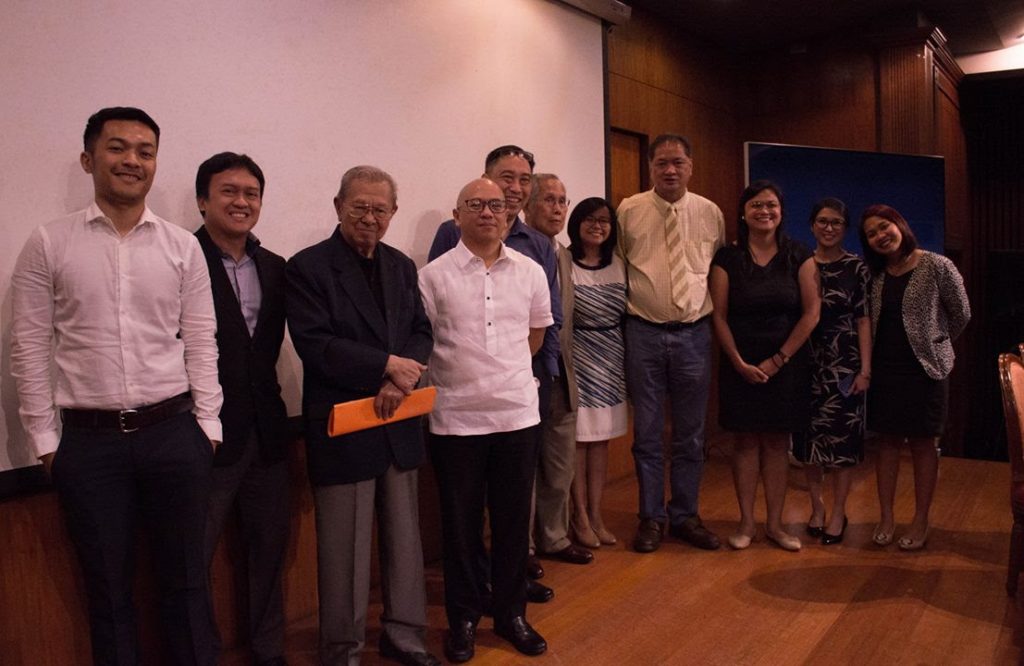
After the event, the lawyers of the Institute posed for a photo with the resource persons and moderator. (From Left – Atty. Abdel R. Disangcopan, Law Reform Specialist III of IGLR; Prof. Nicholas Felix L. Ty, Director of IGLR; Dean Merlin M. Magallona; Prof. Florin T. Hilbay; Dr. Eduardo K. Araral; Justice Vicente V. Mendoza; moderator of the Colloquium Prof. Gwen De Vera; Prof. Tony La Viña; Atty. Golda G. Miñoza, Law Education Specialist III of IGLR; Atty. Michelle B. Dy, Law Reform Specialist V of IGLR; and Atty. Donna C. Manlangit, Law Reform Specialist III of IGLR.)



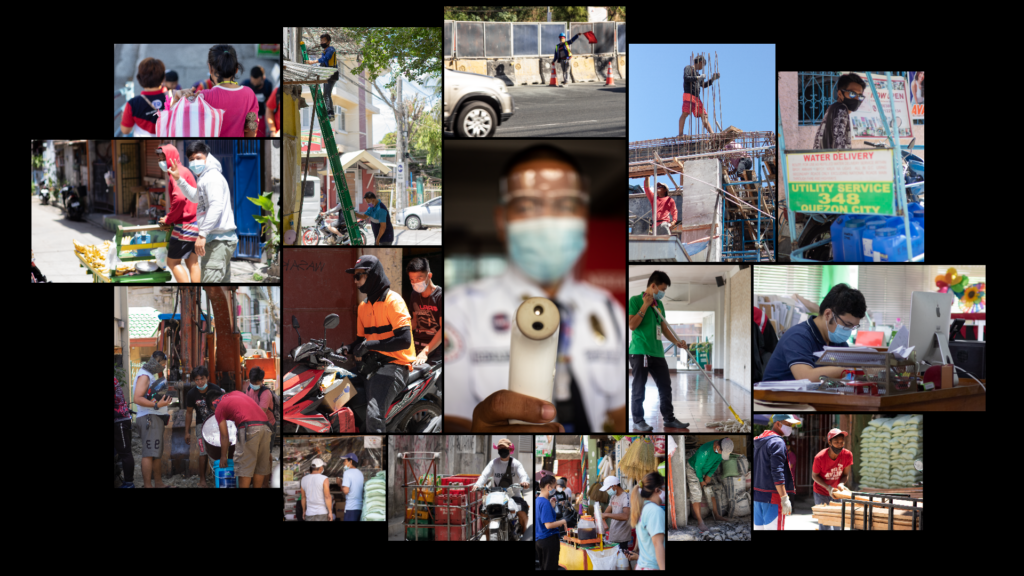





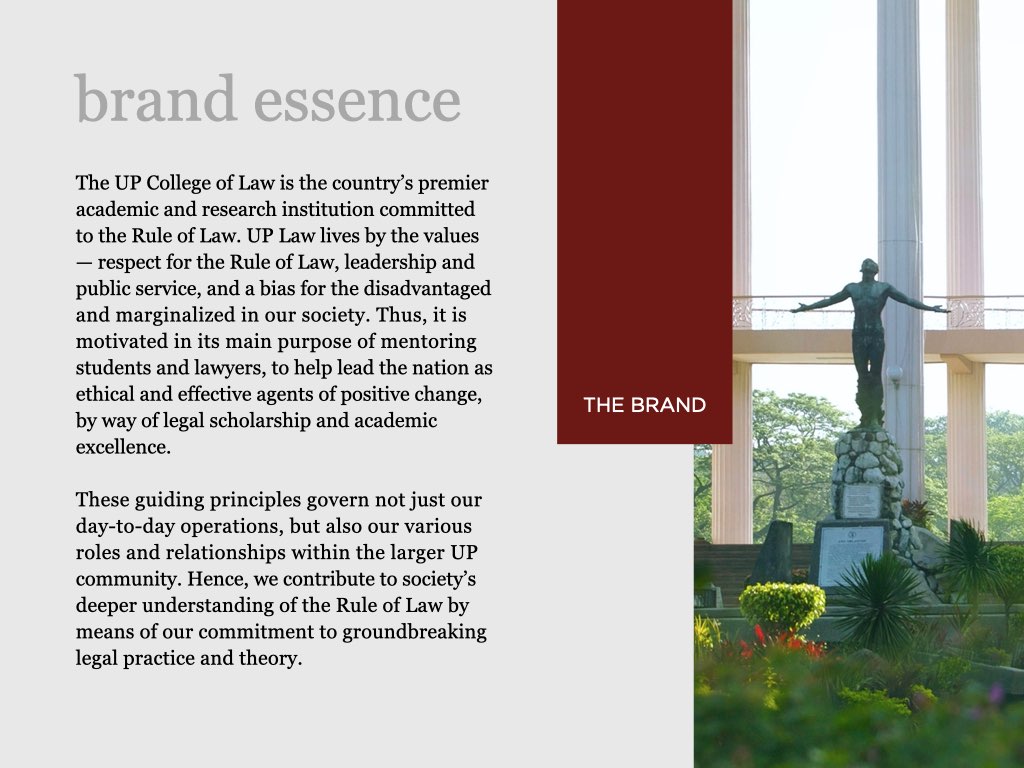
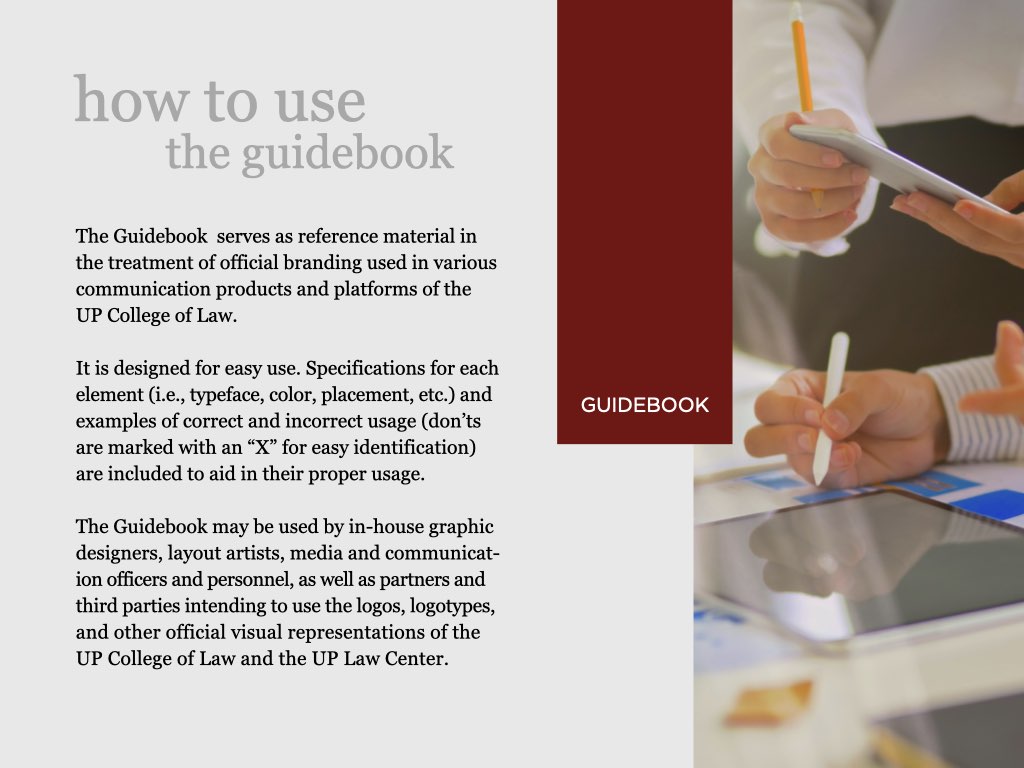
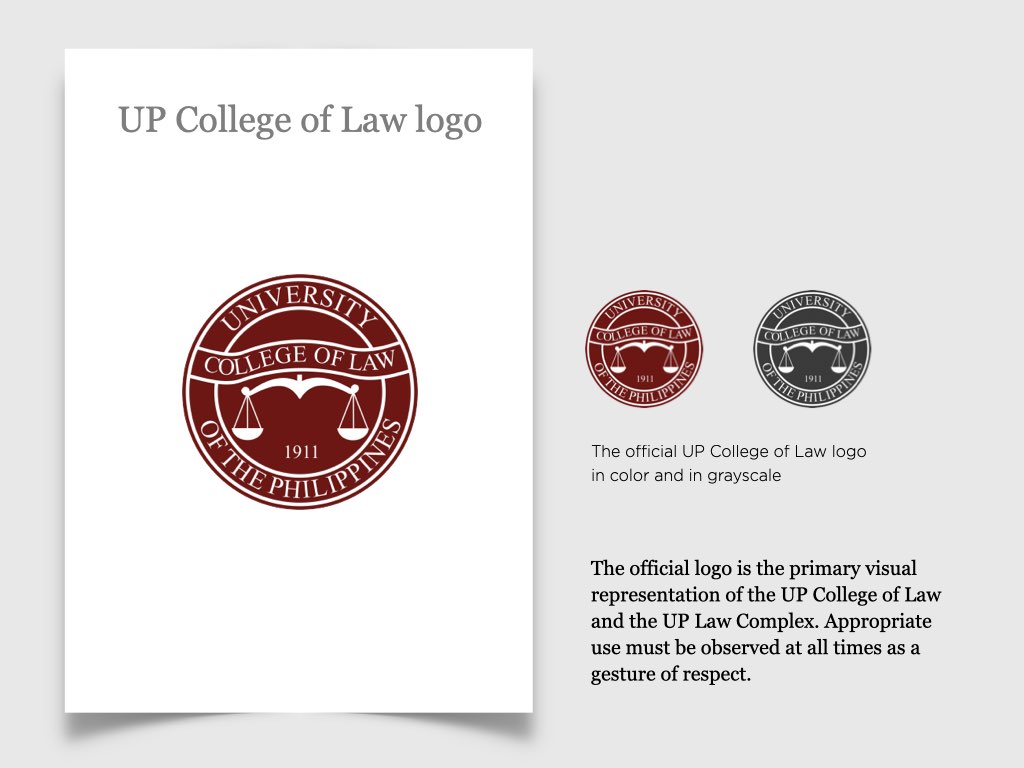
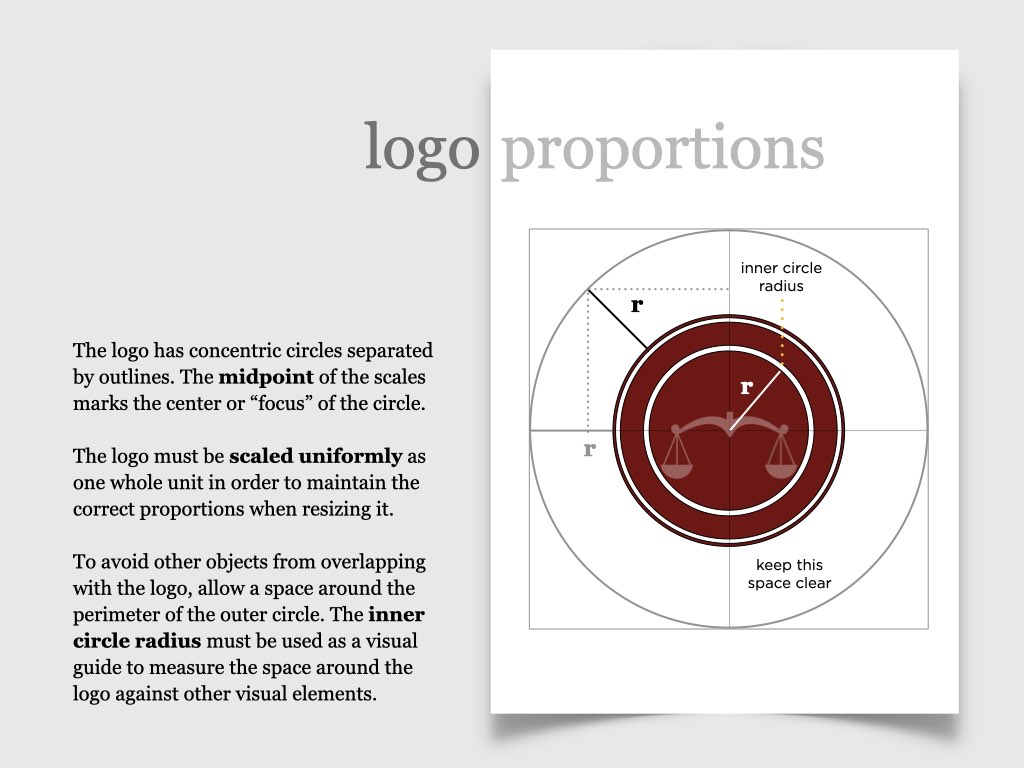
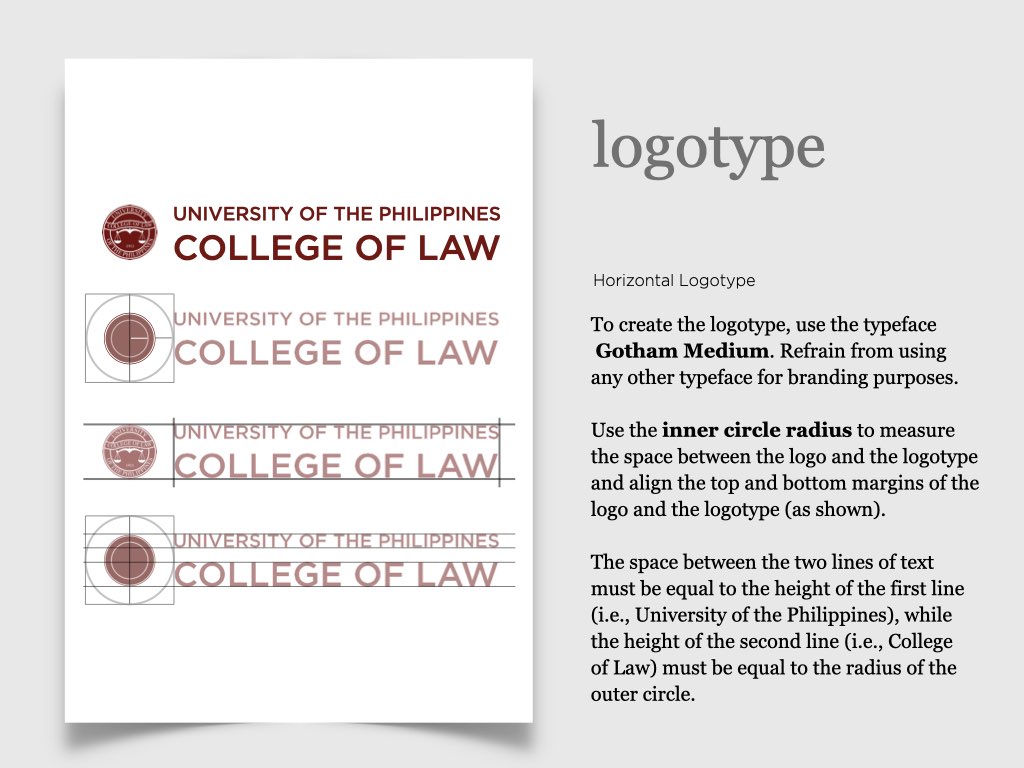
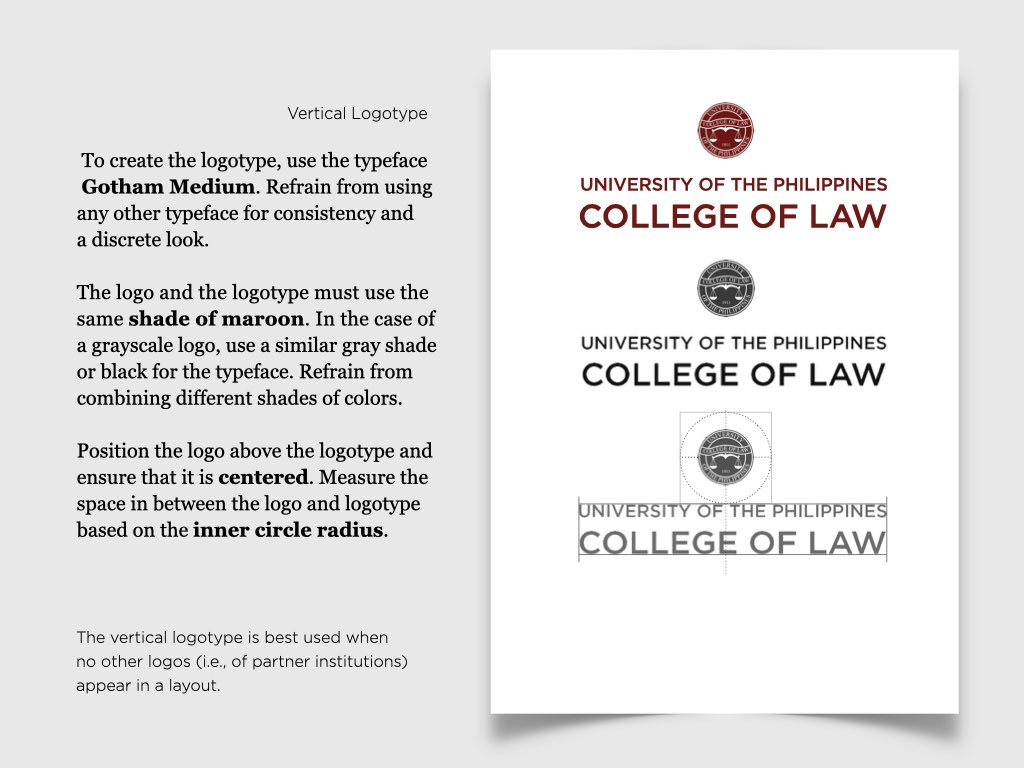
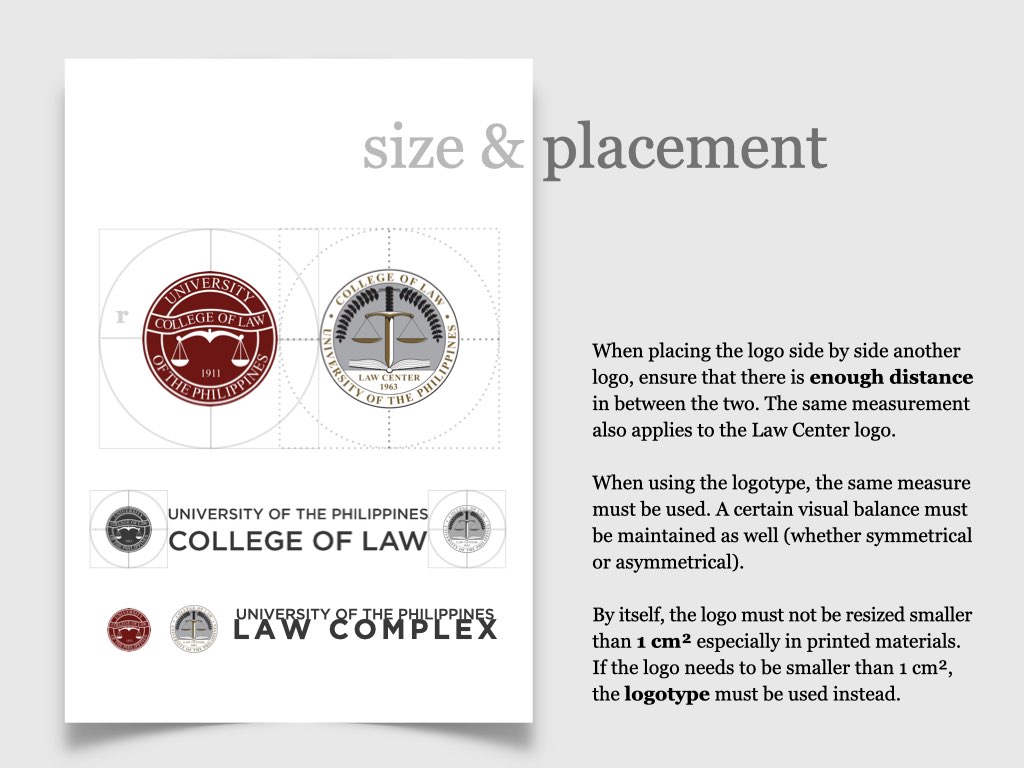

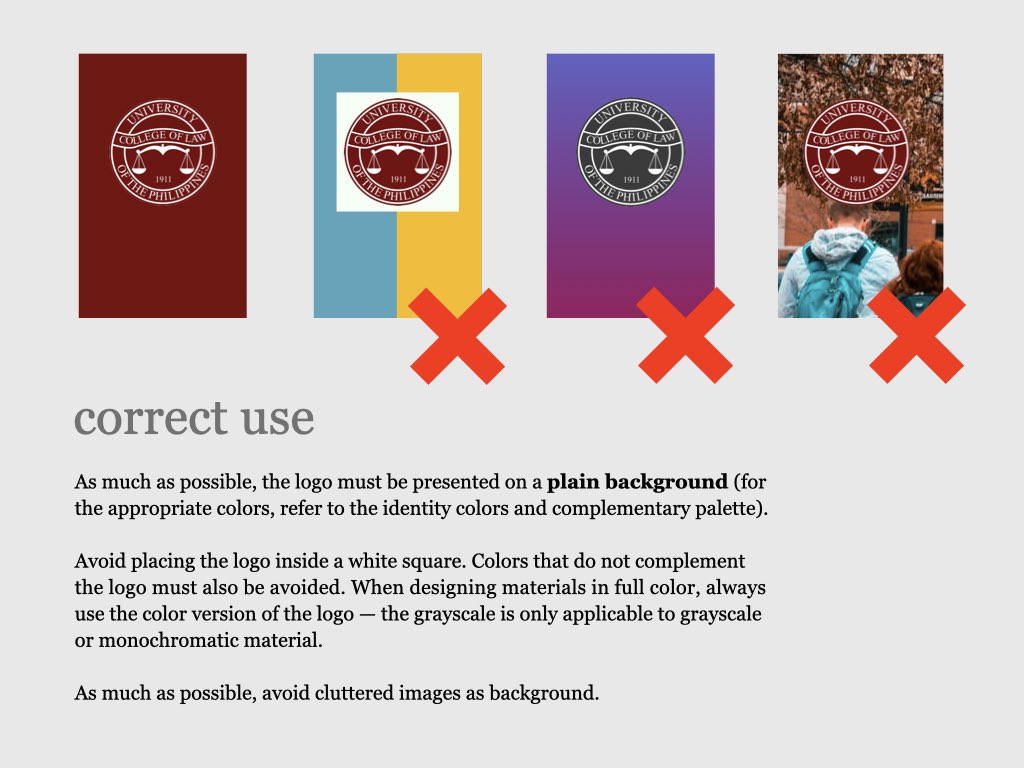
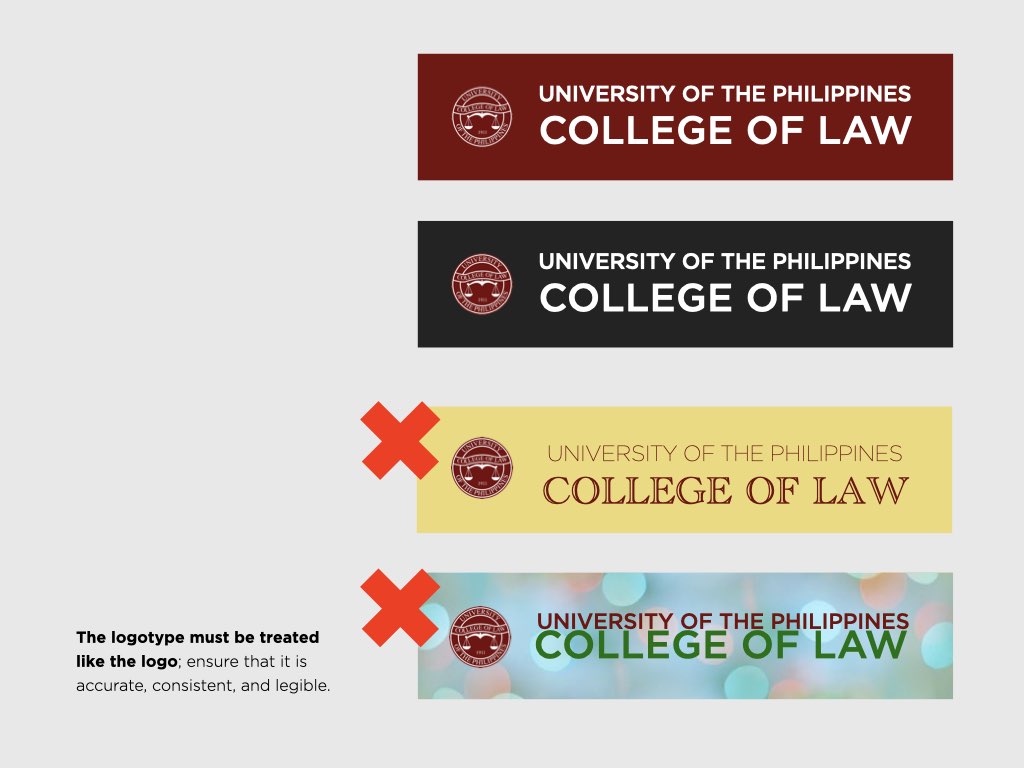
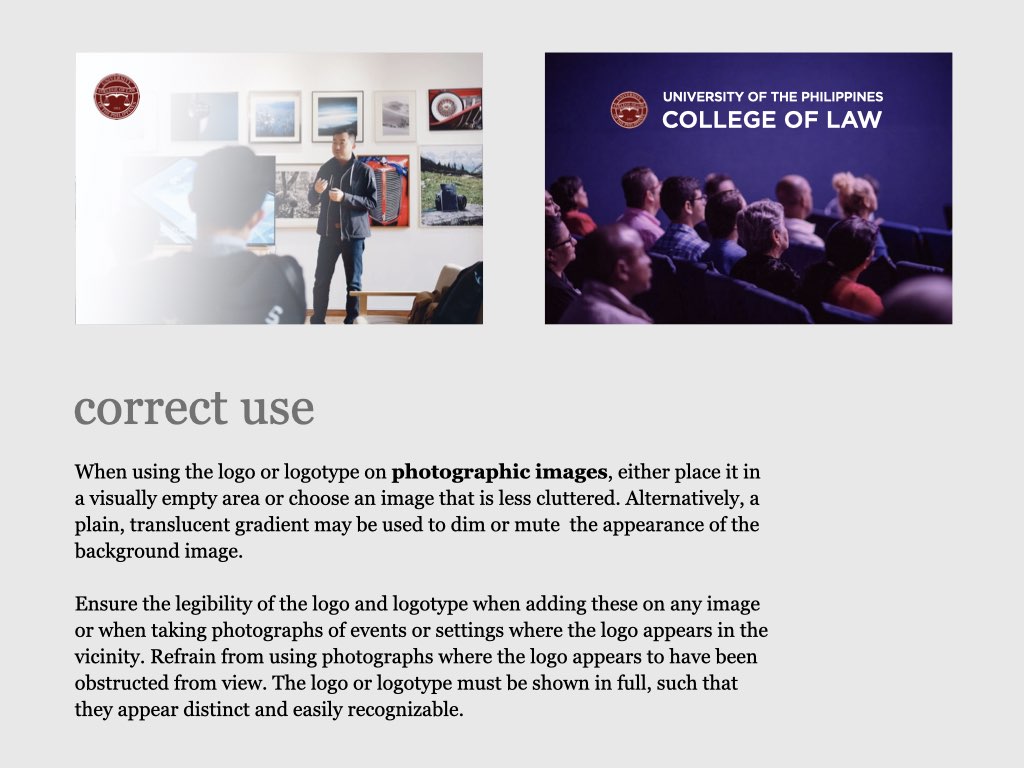
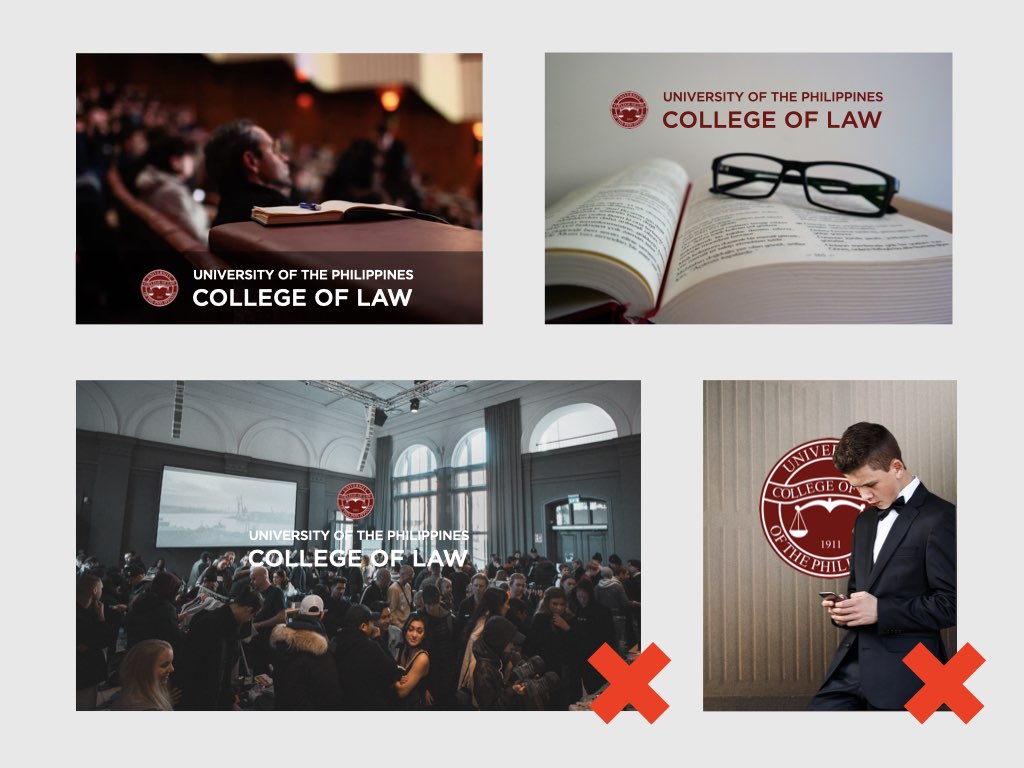




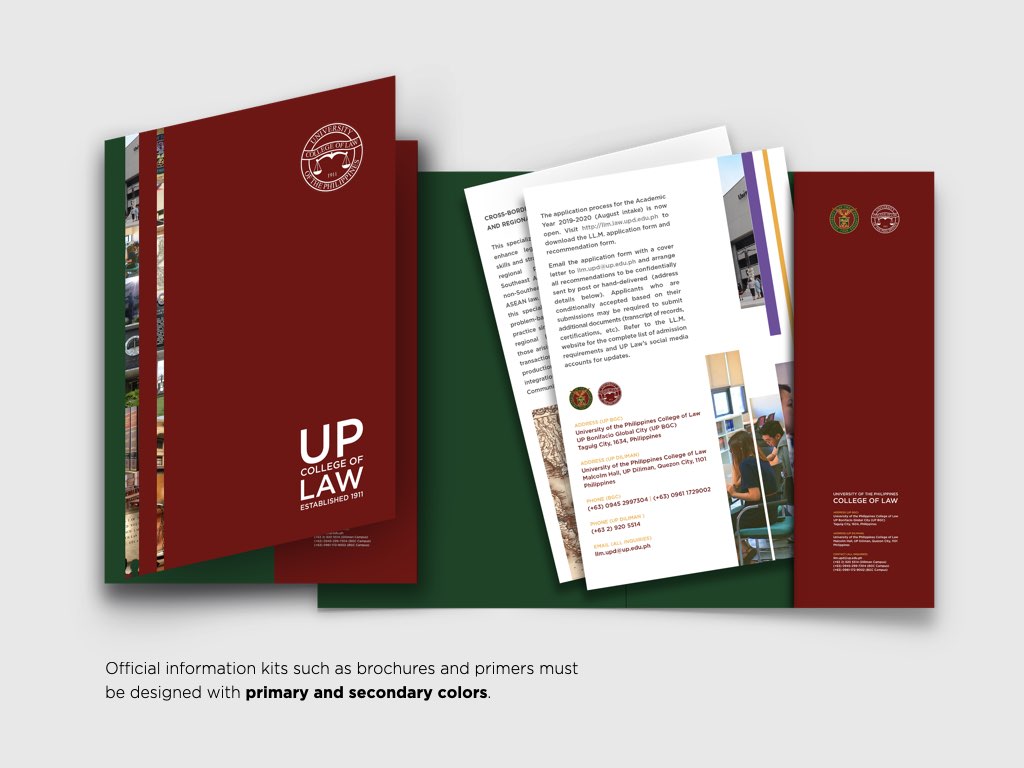

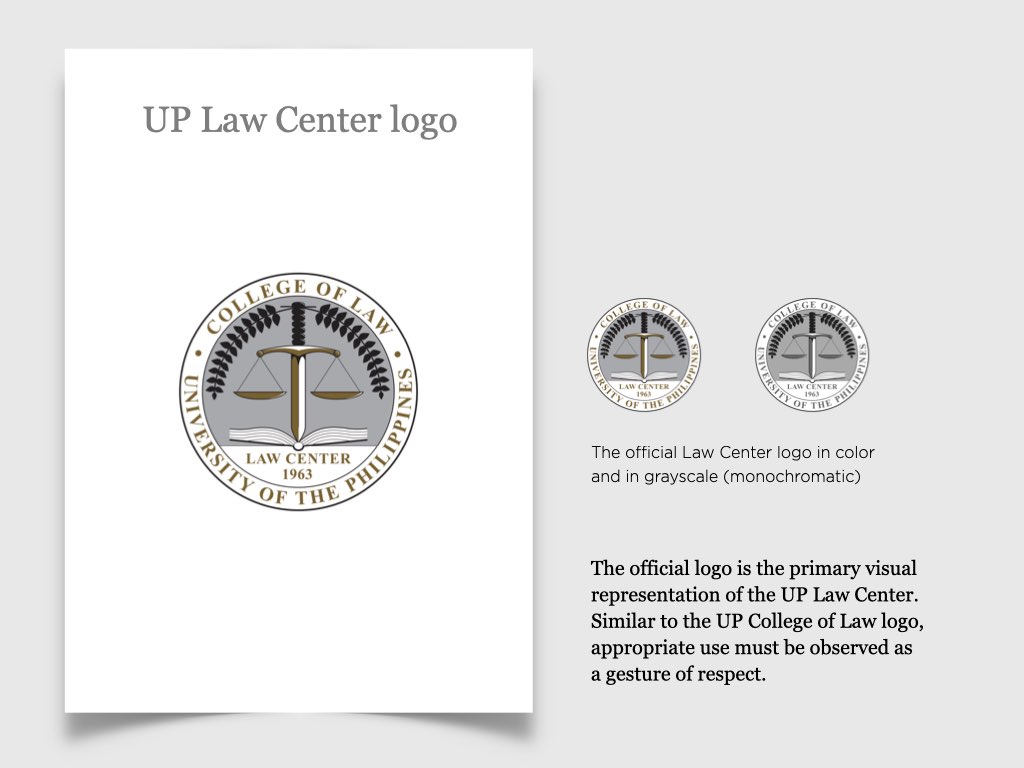

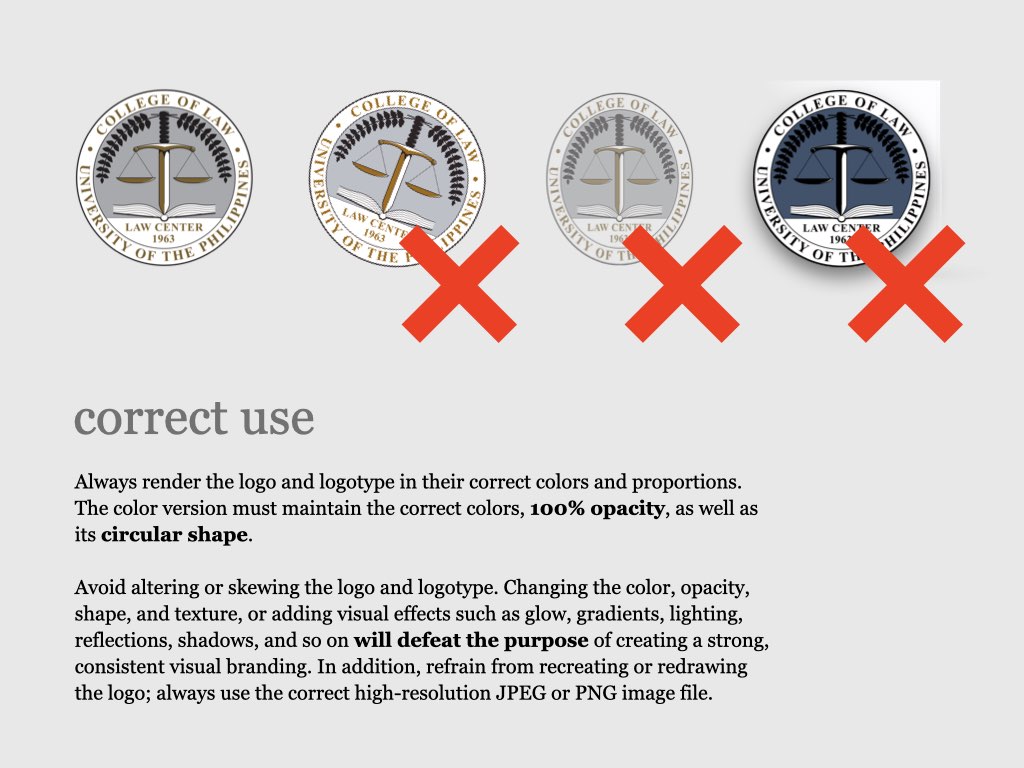
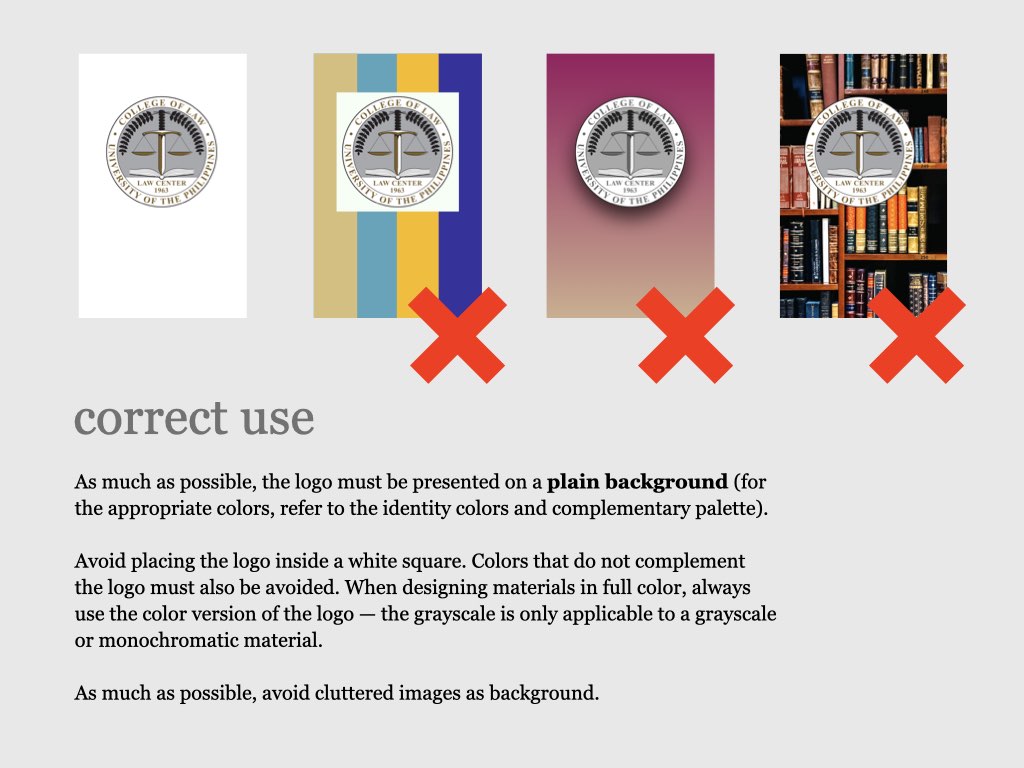
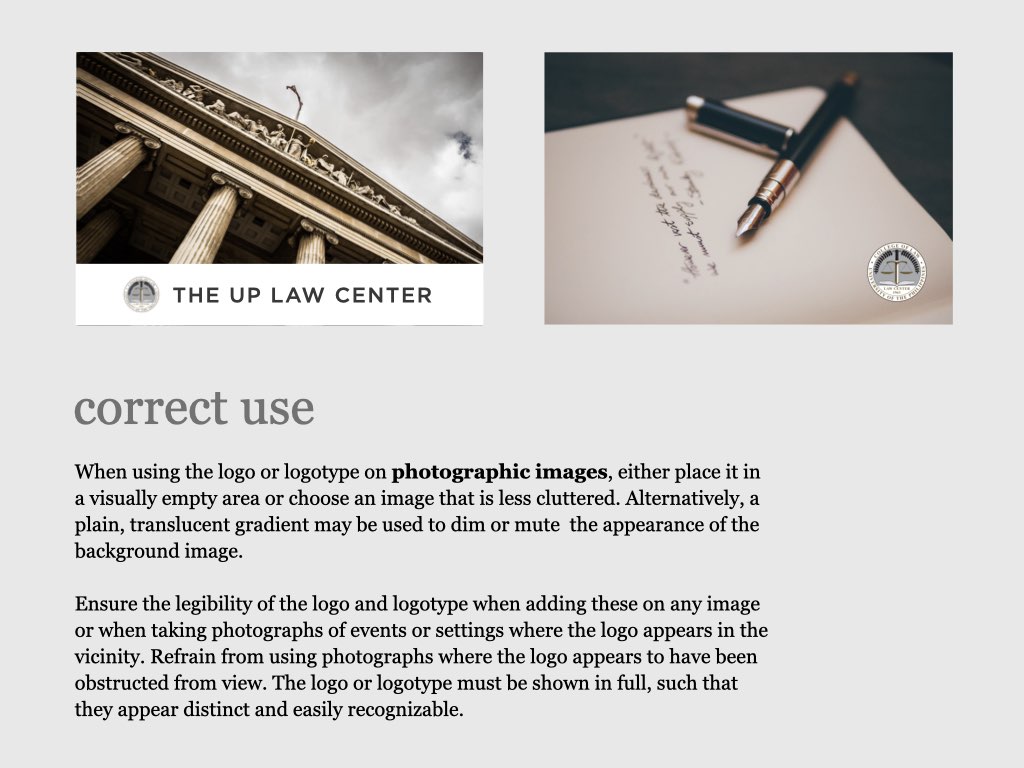


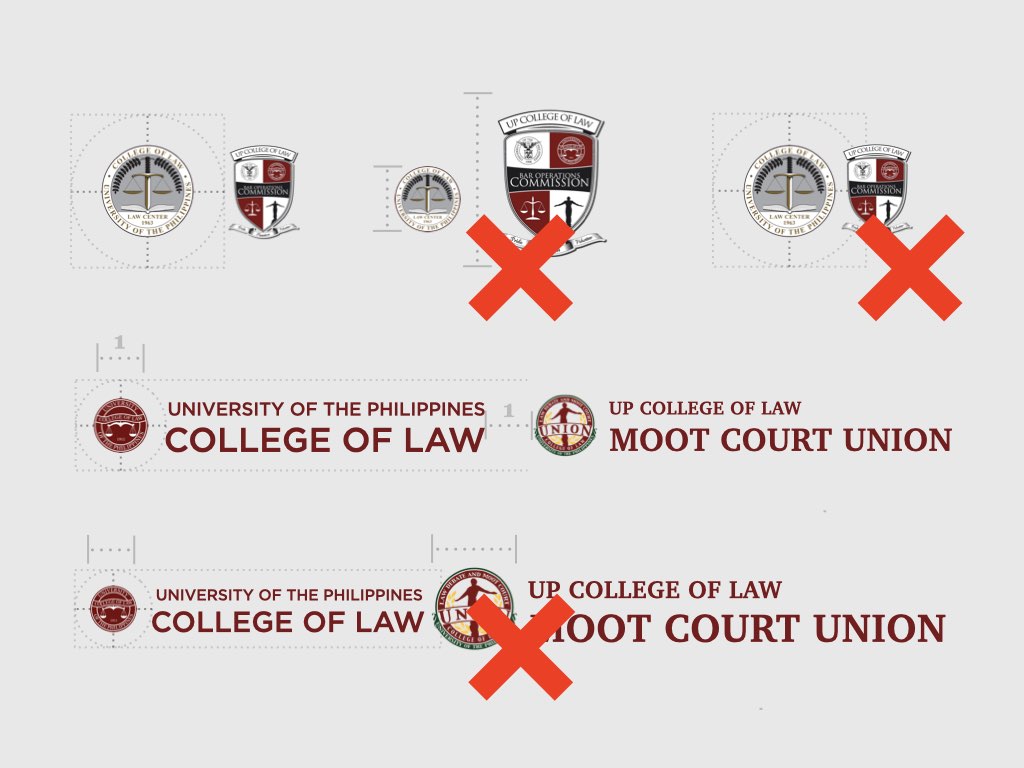
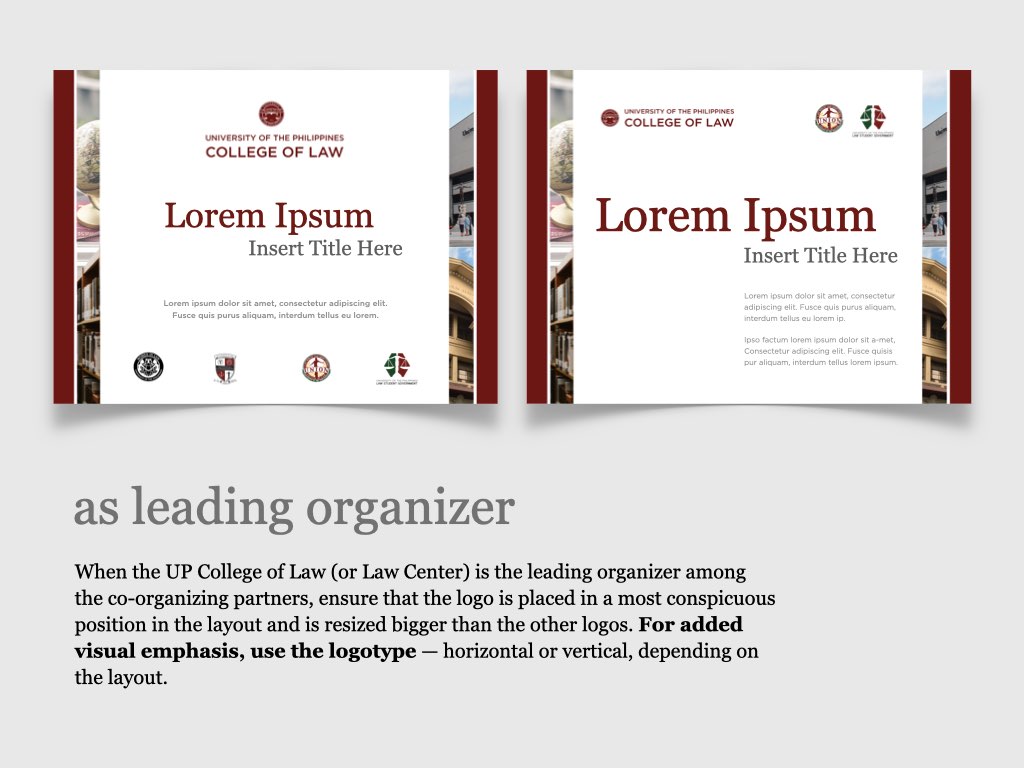
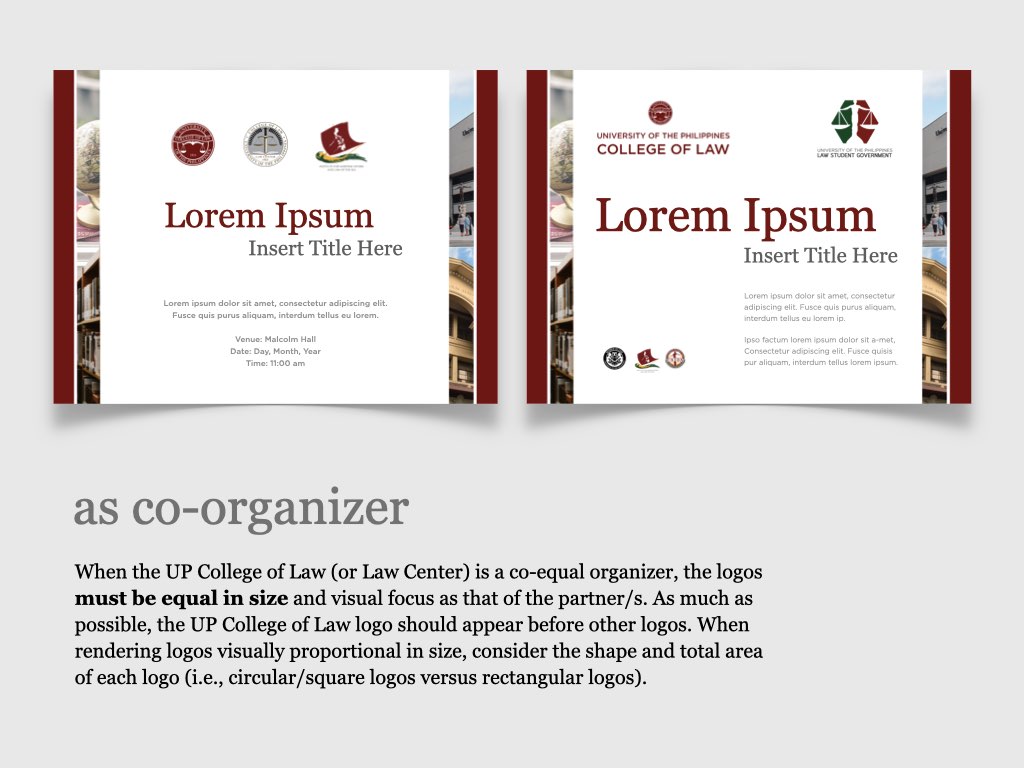
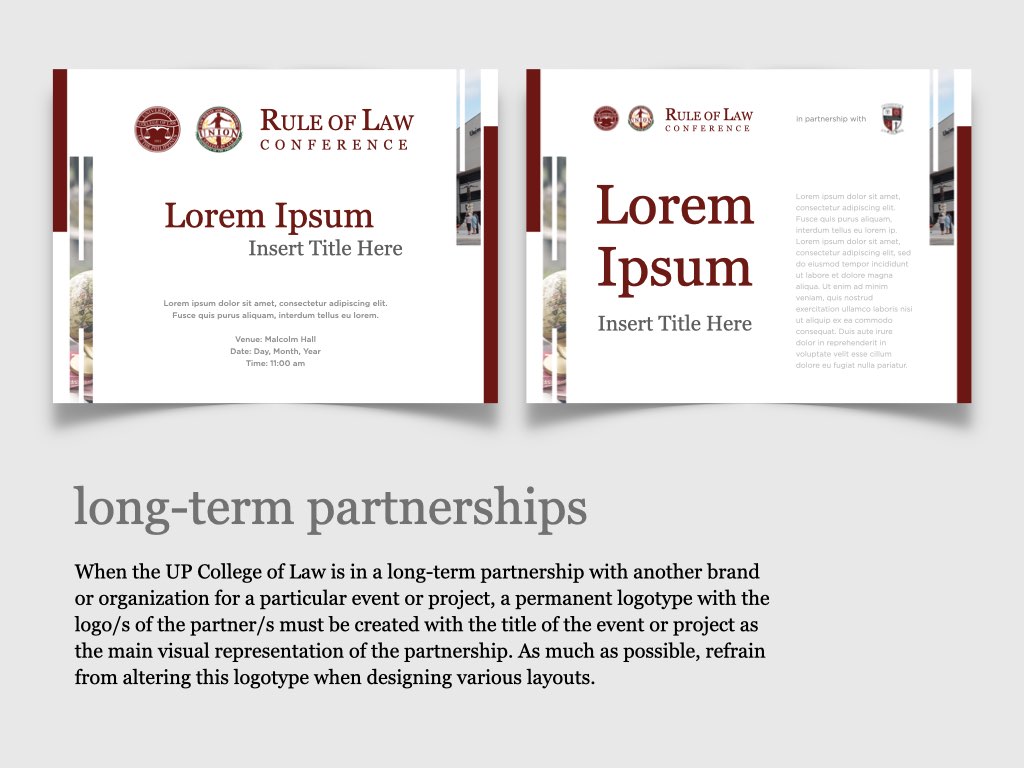

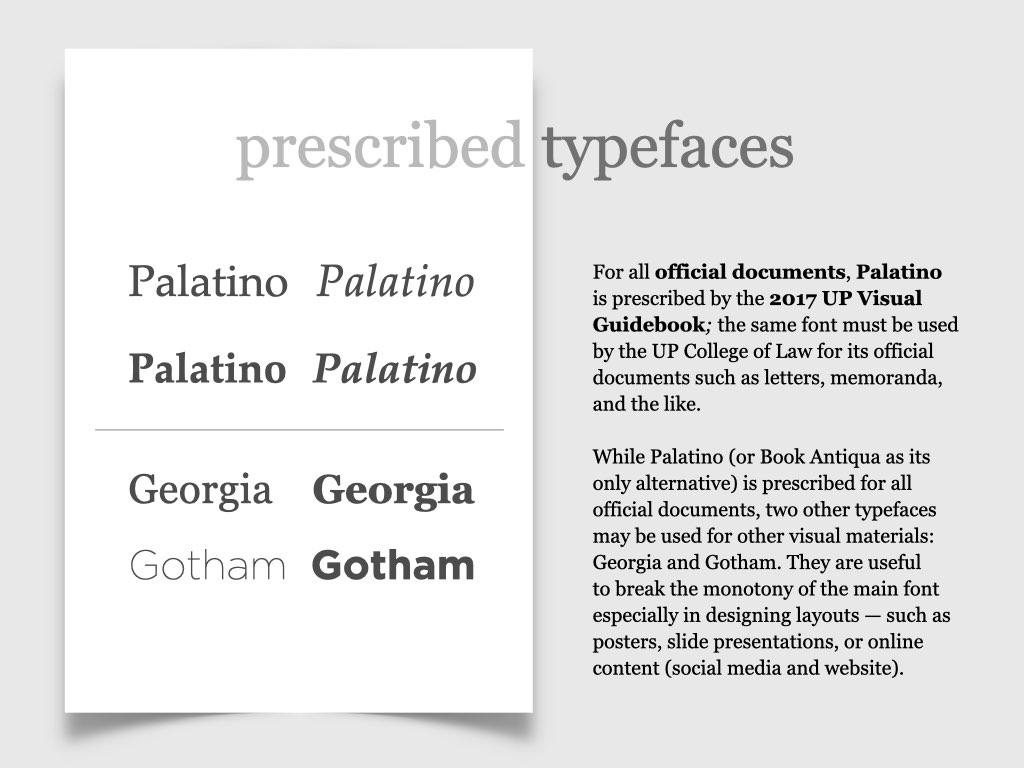

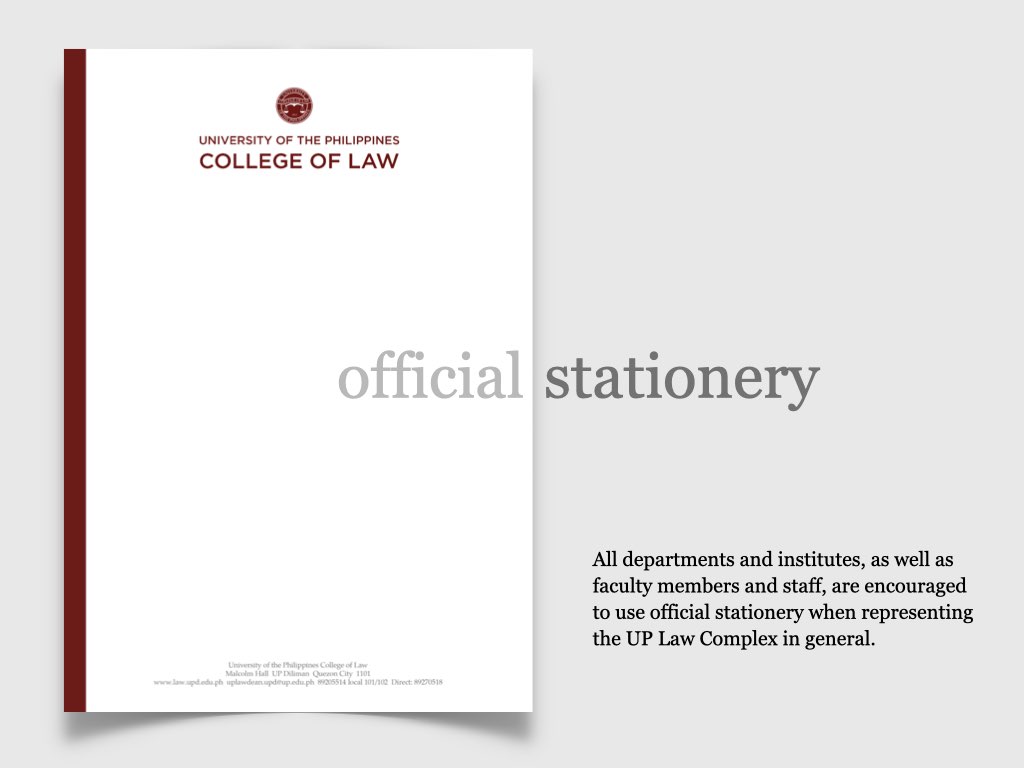

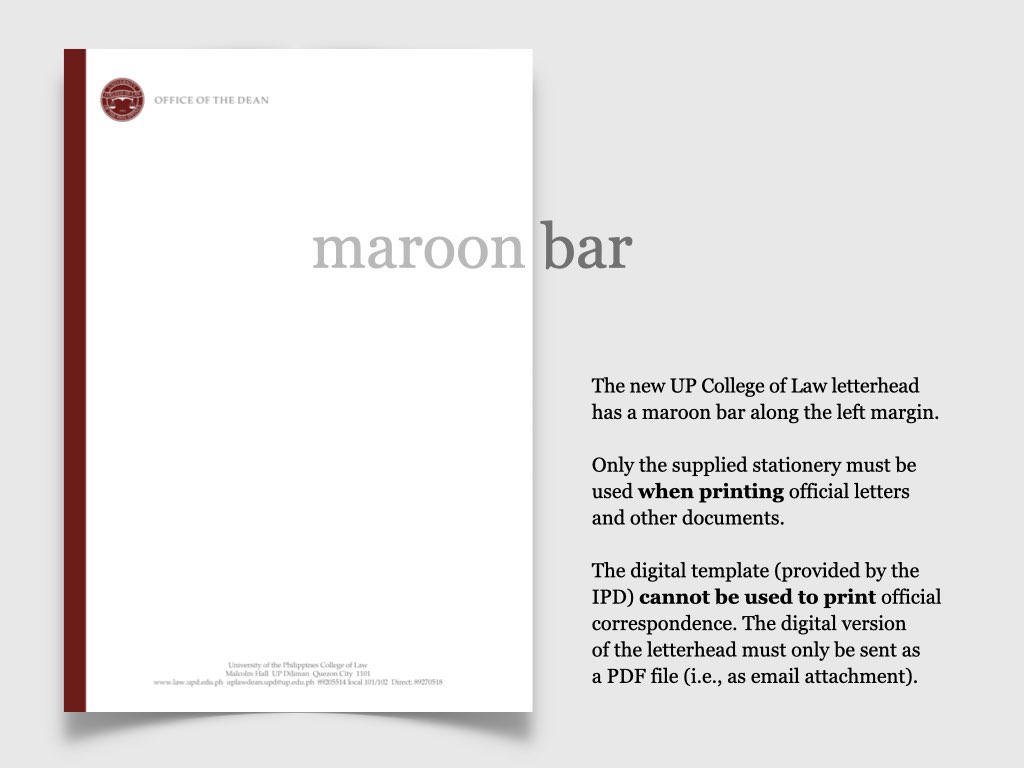
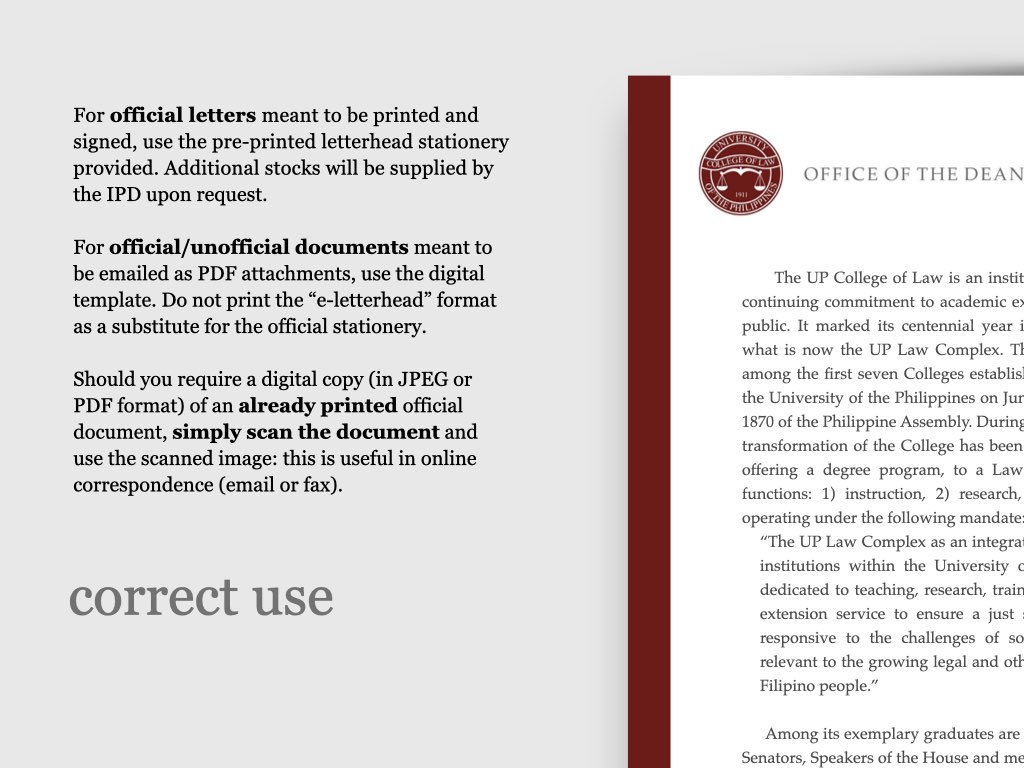
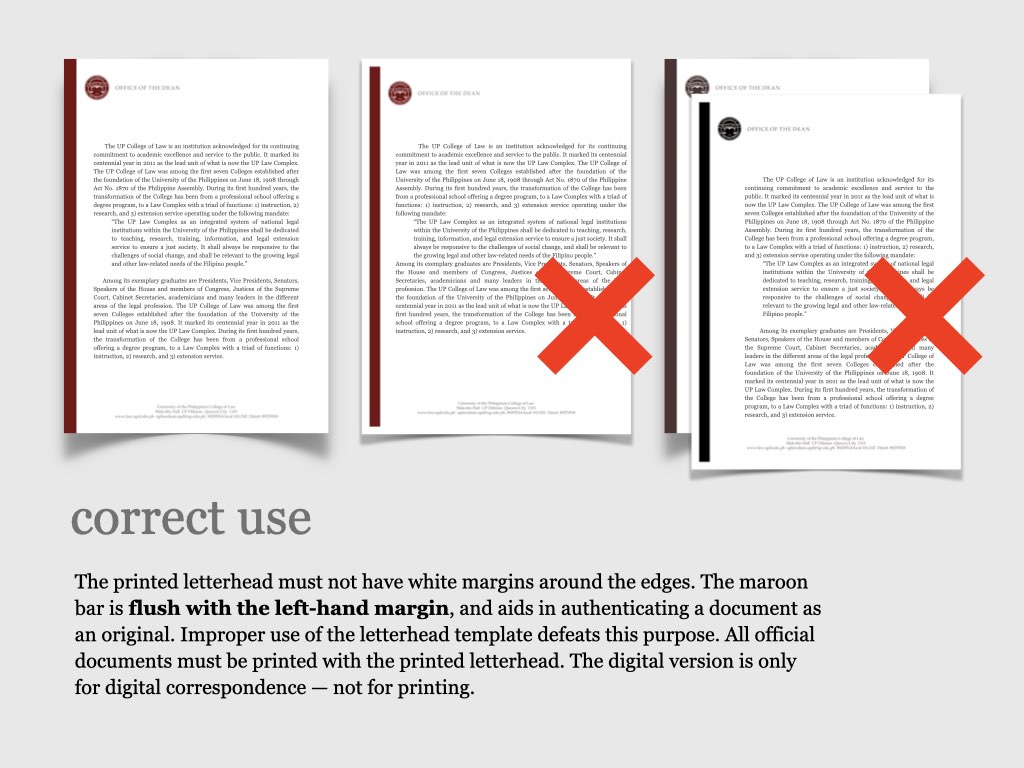
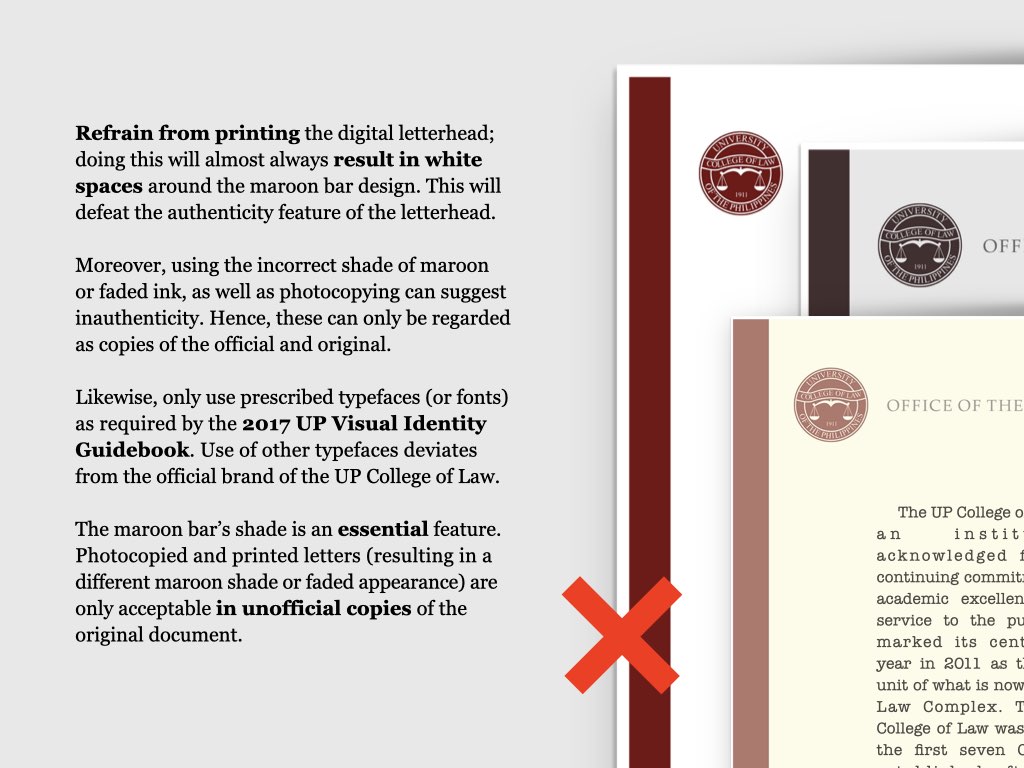
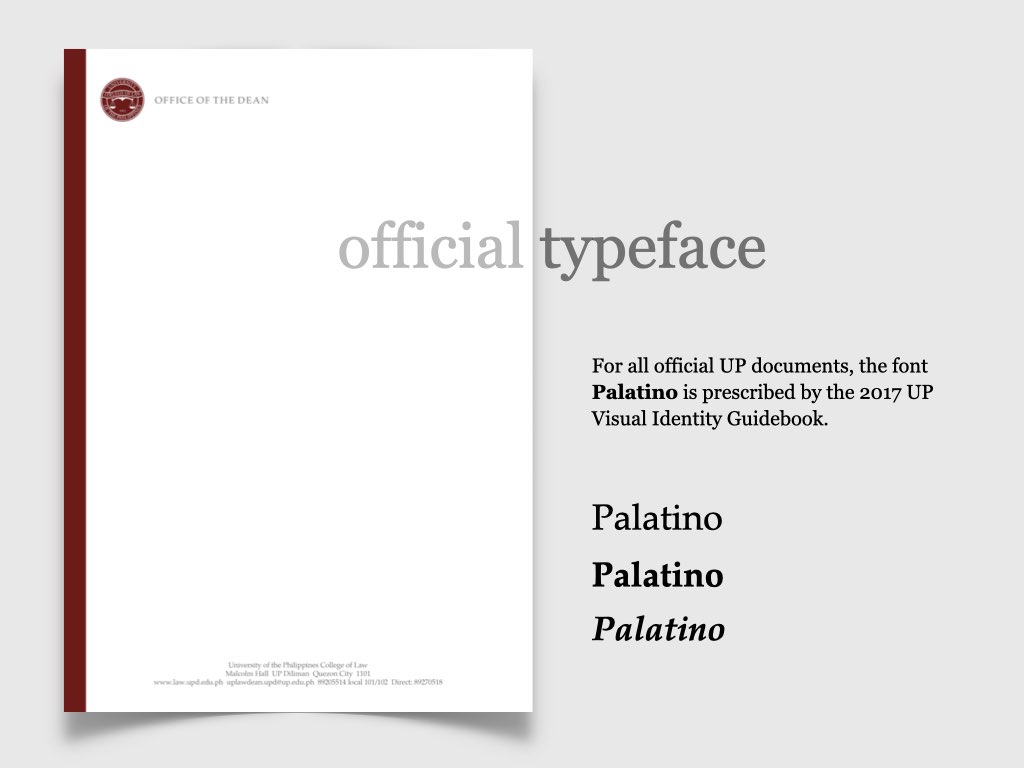
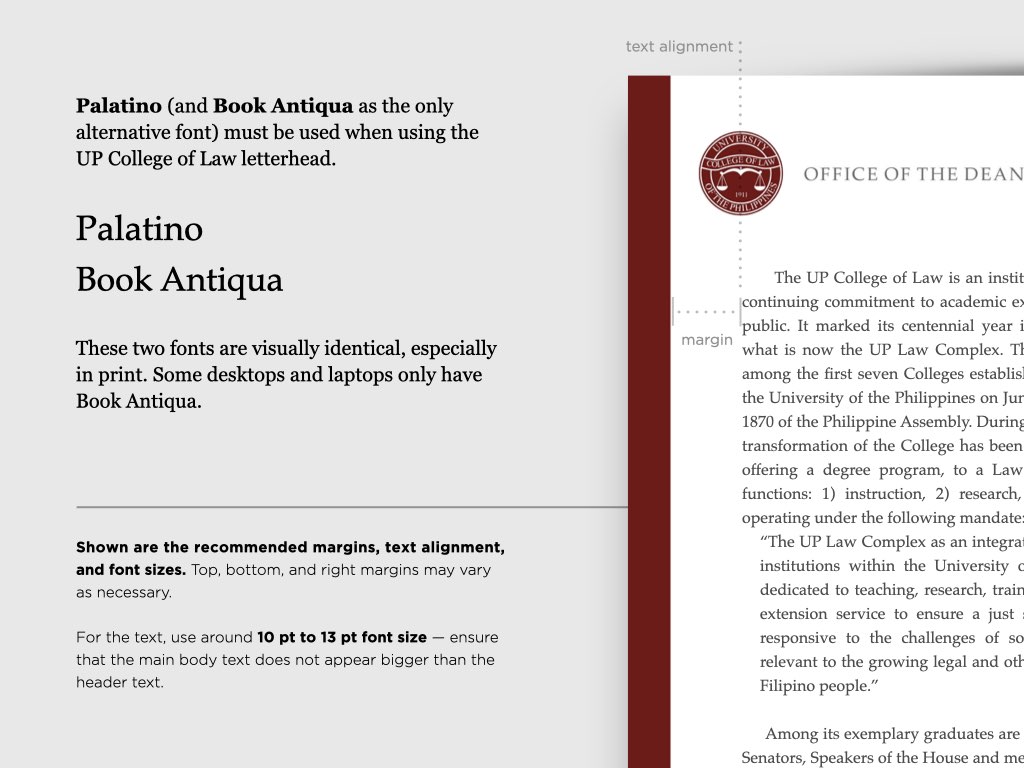

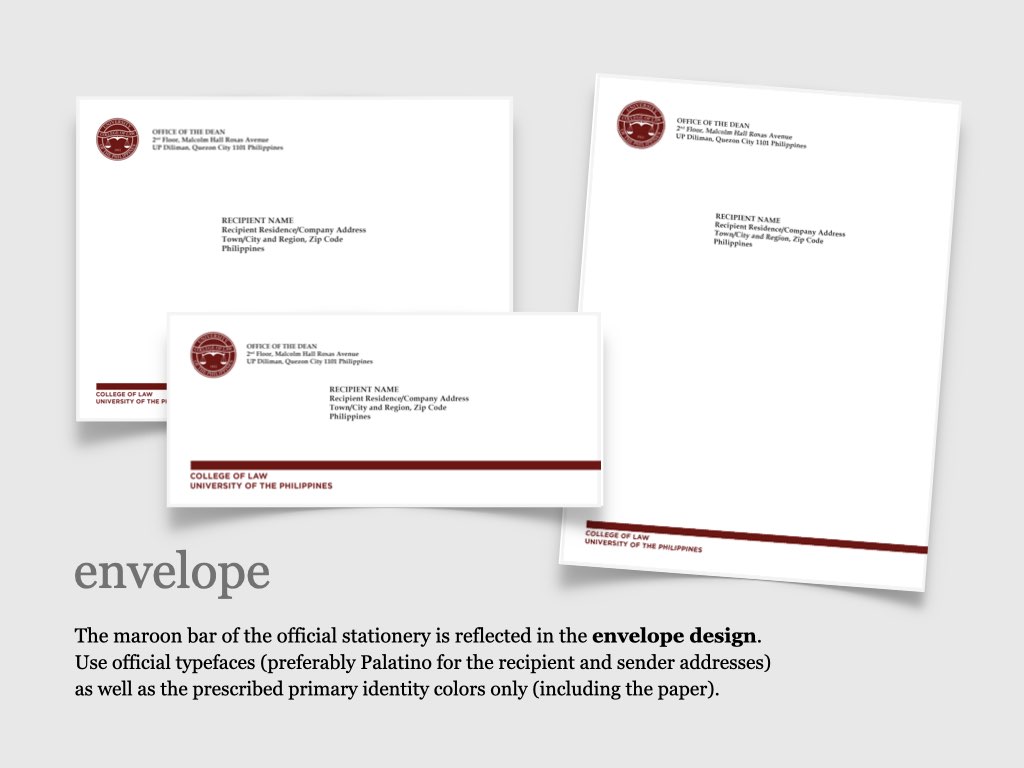

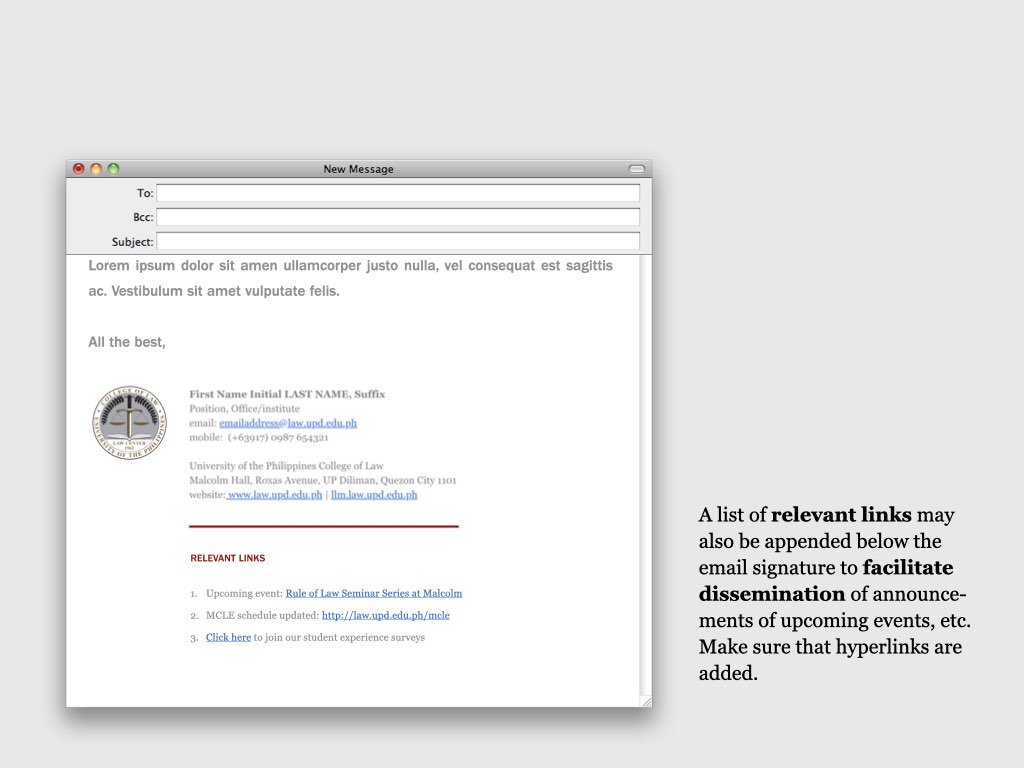
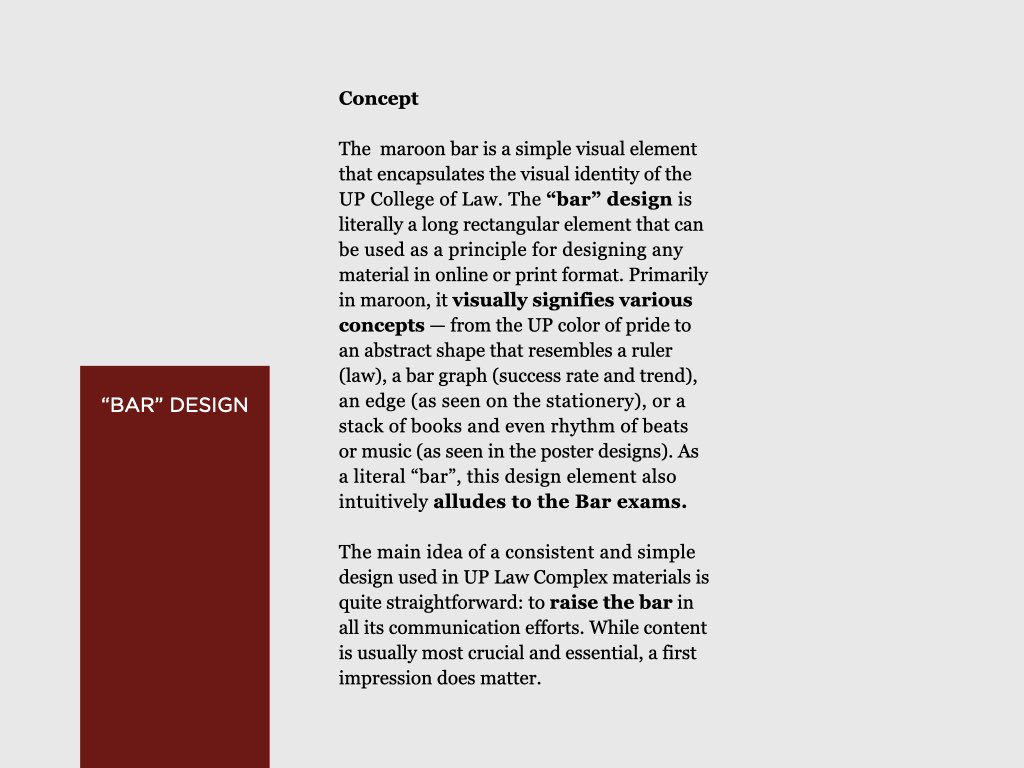
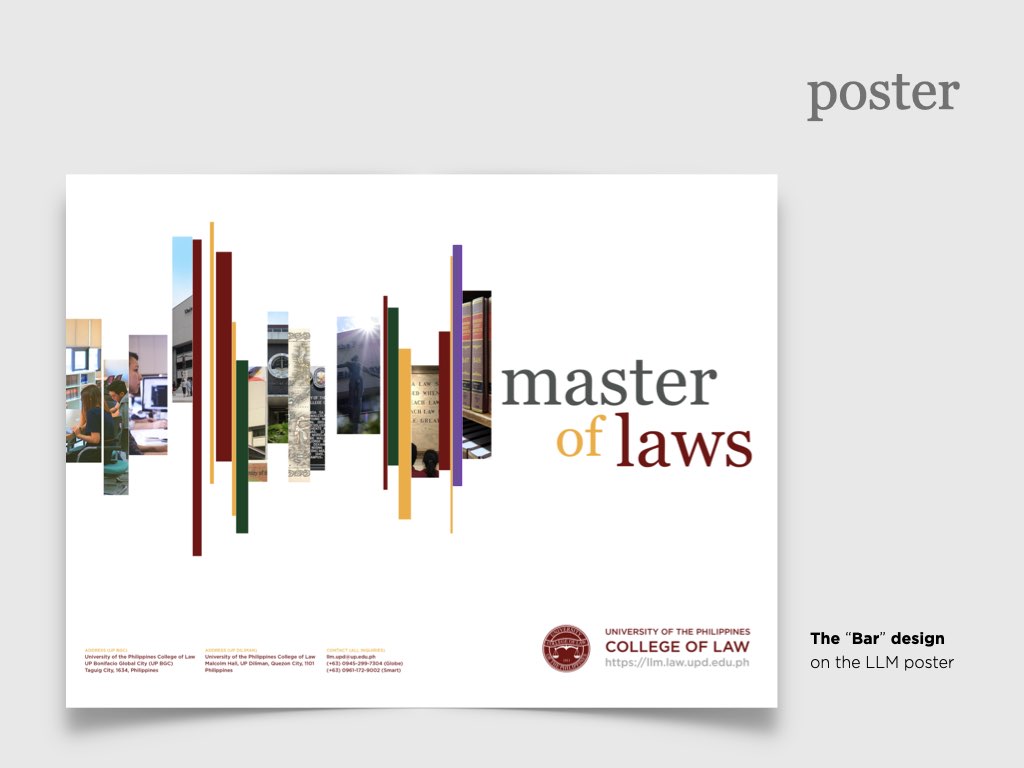
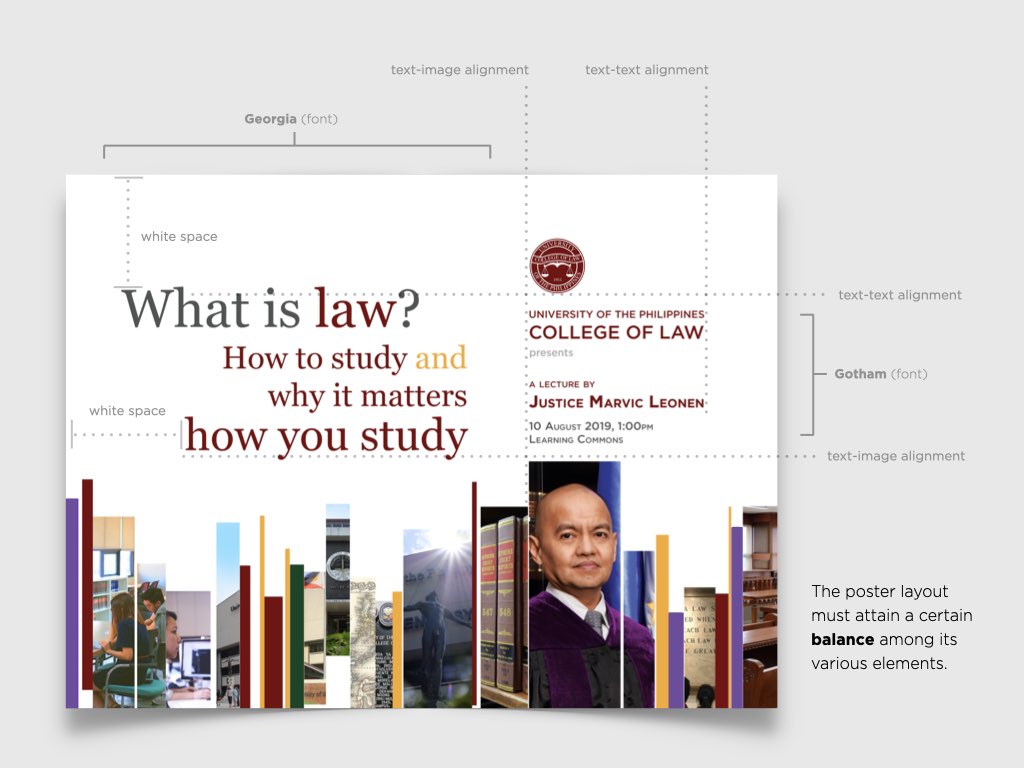
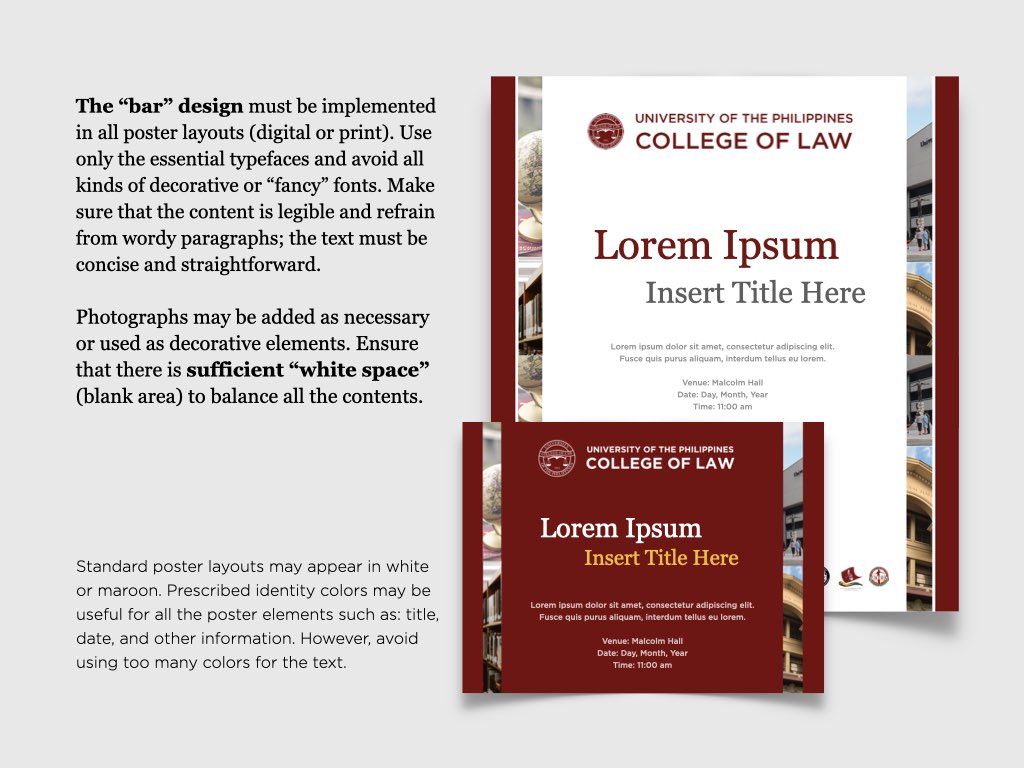
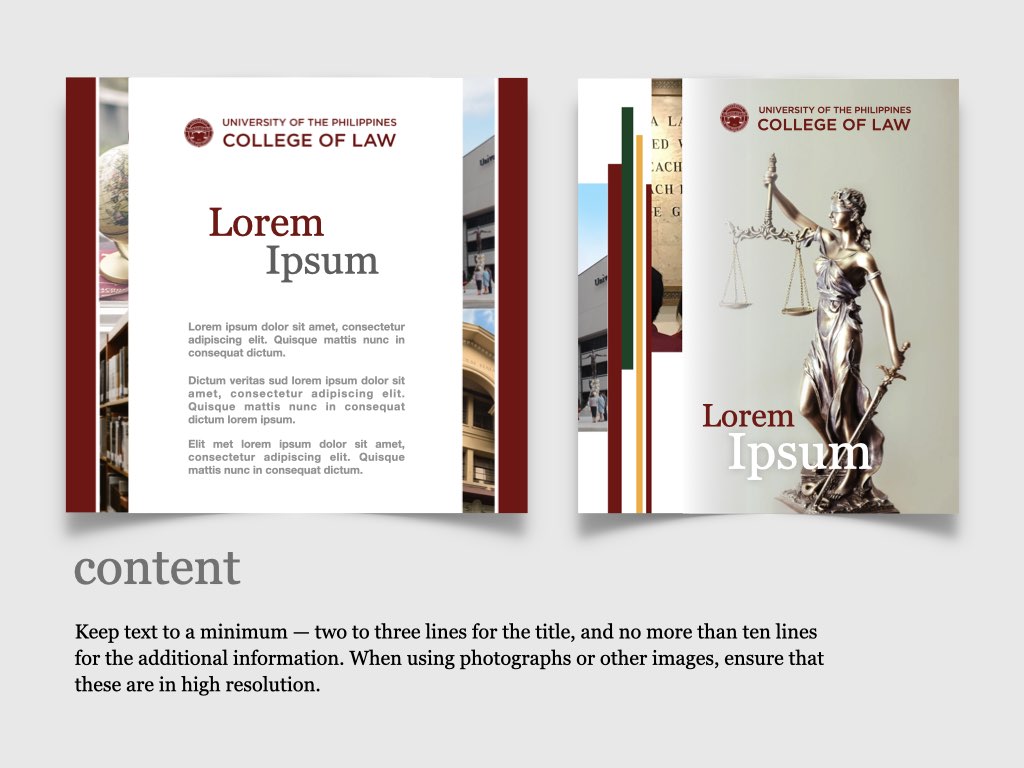
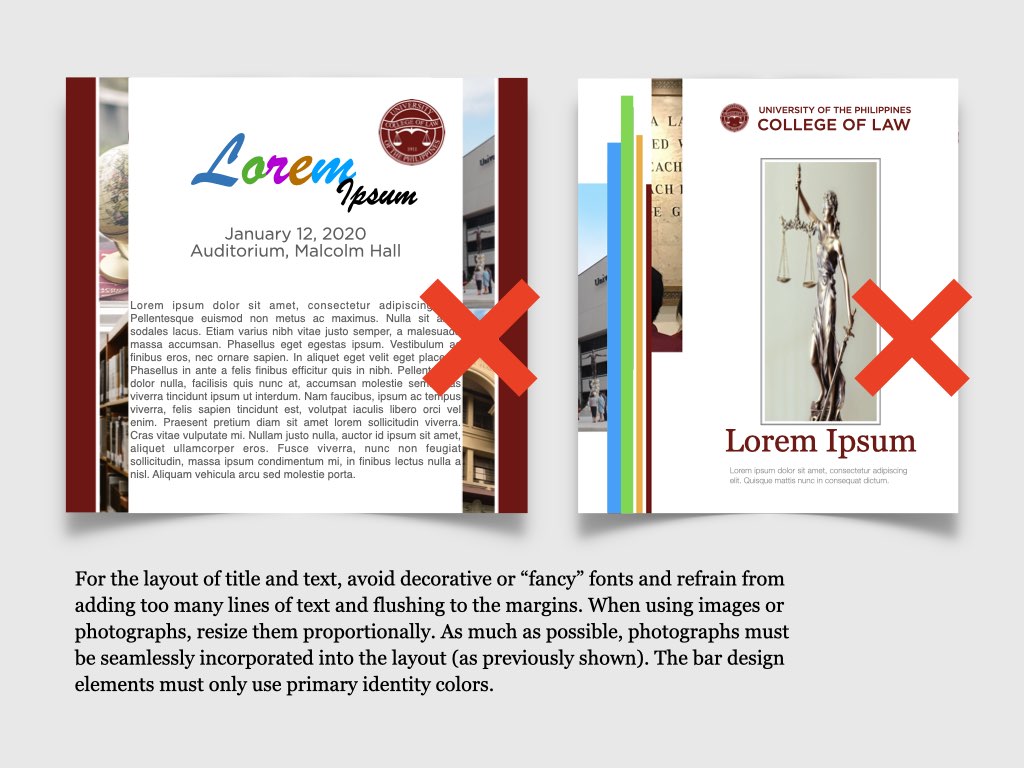


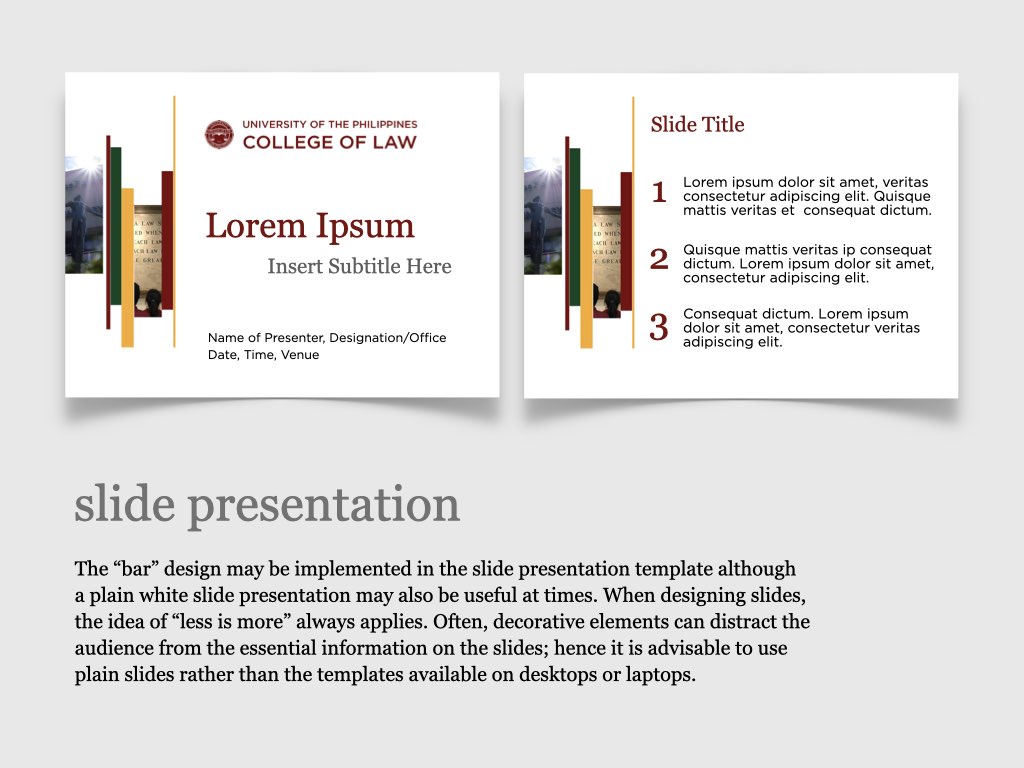


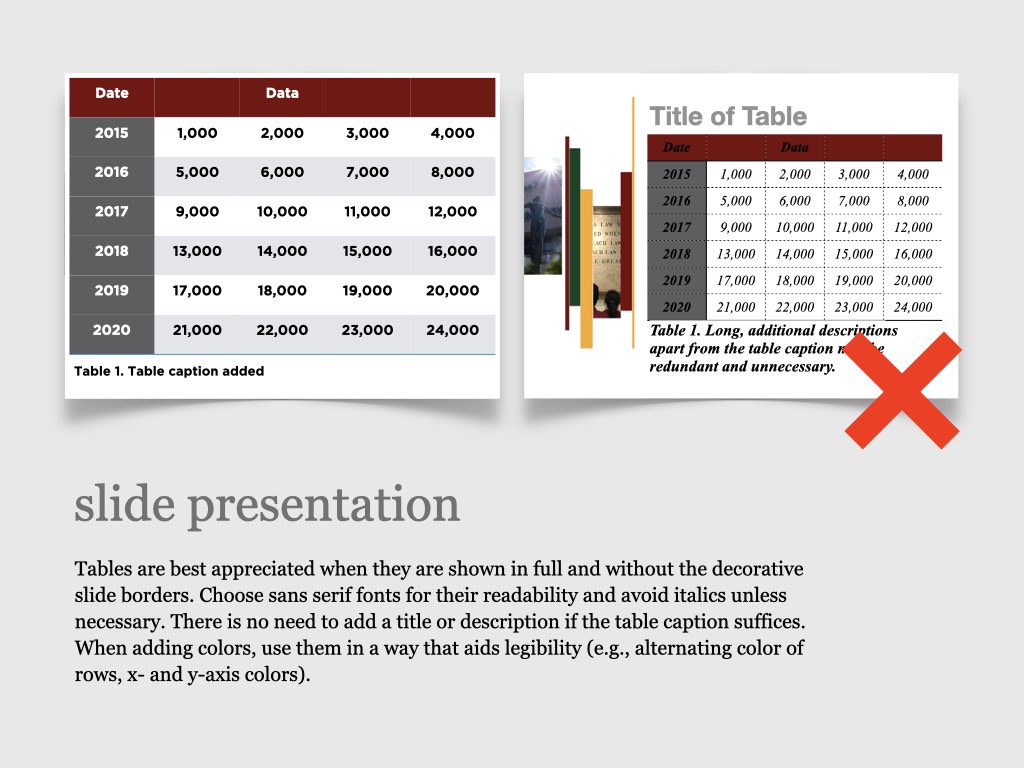
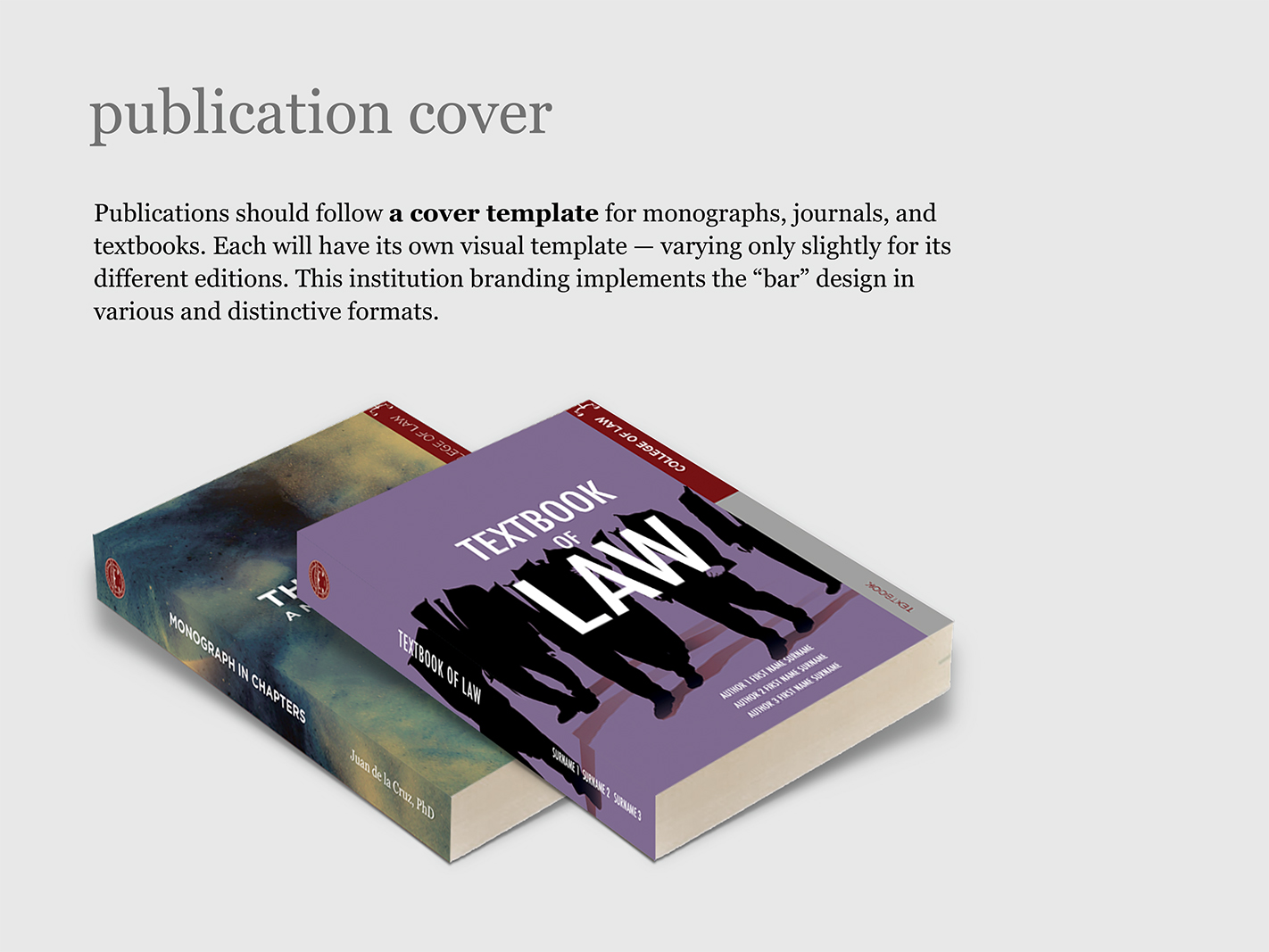
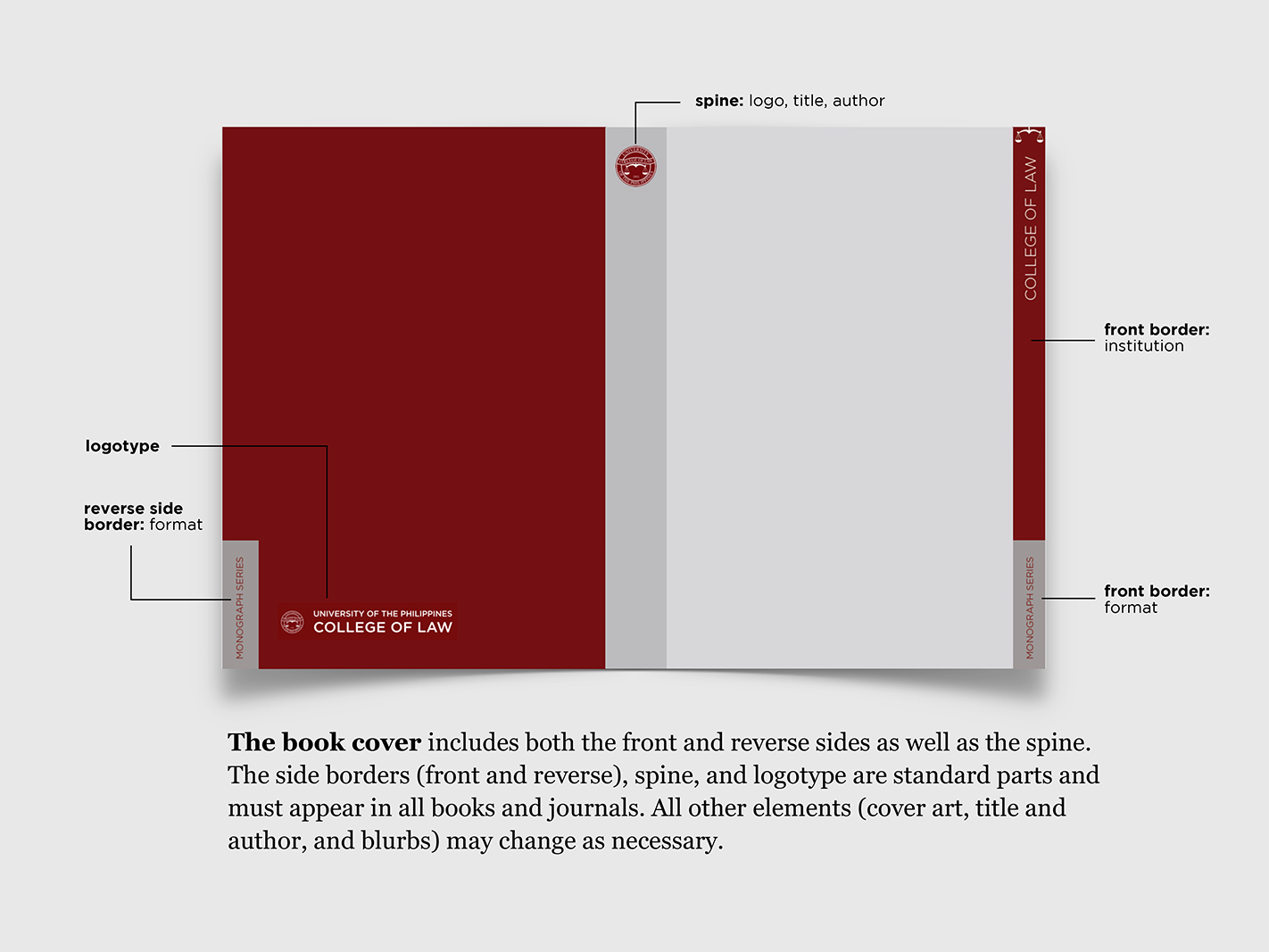
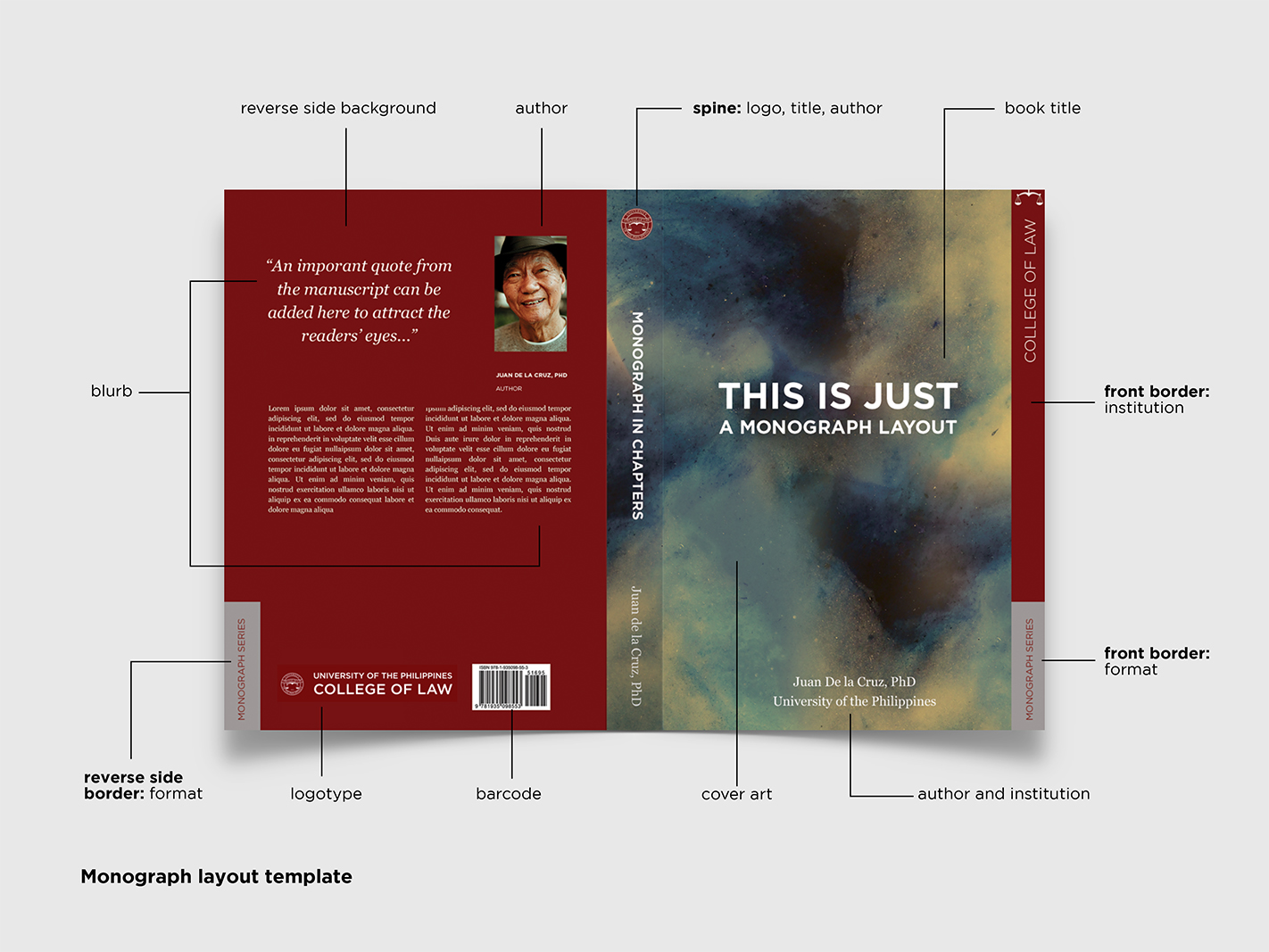
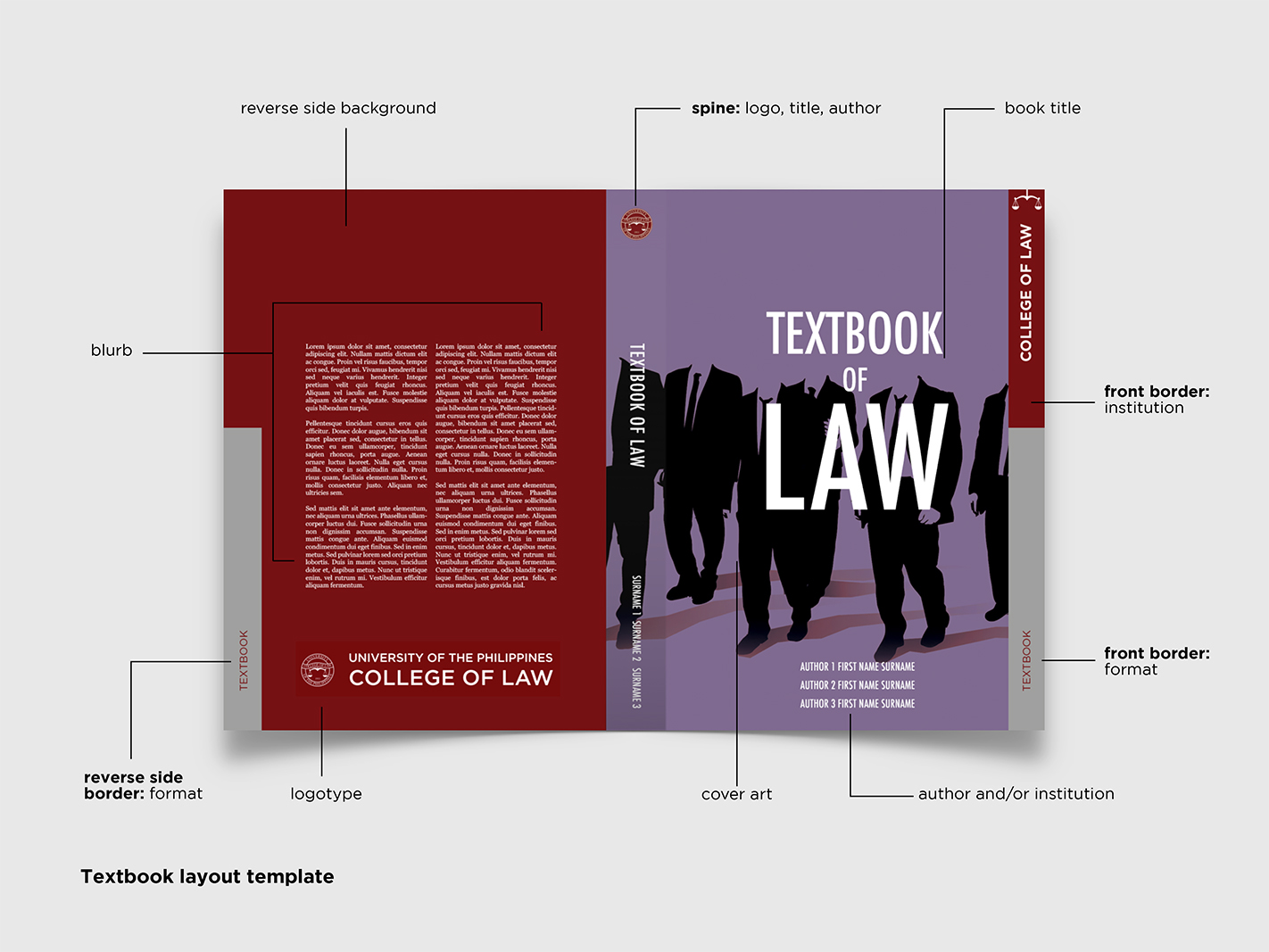
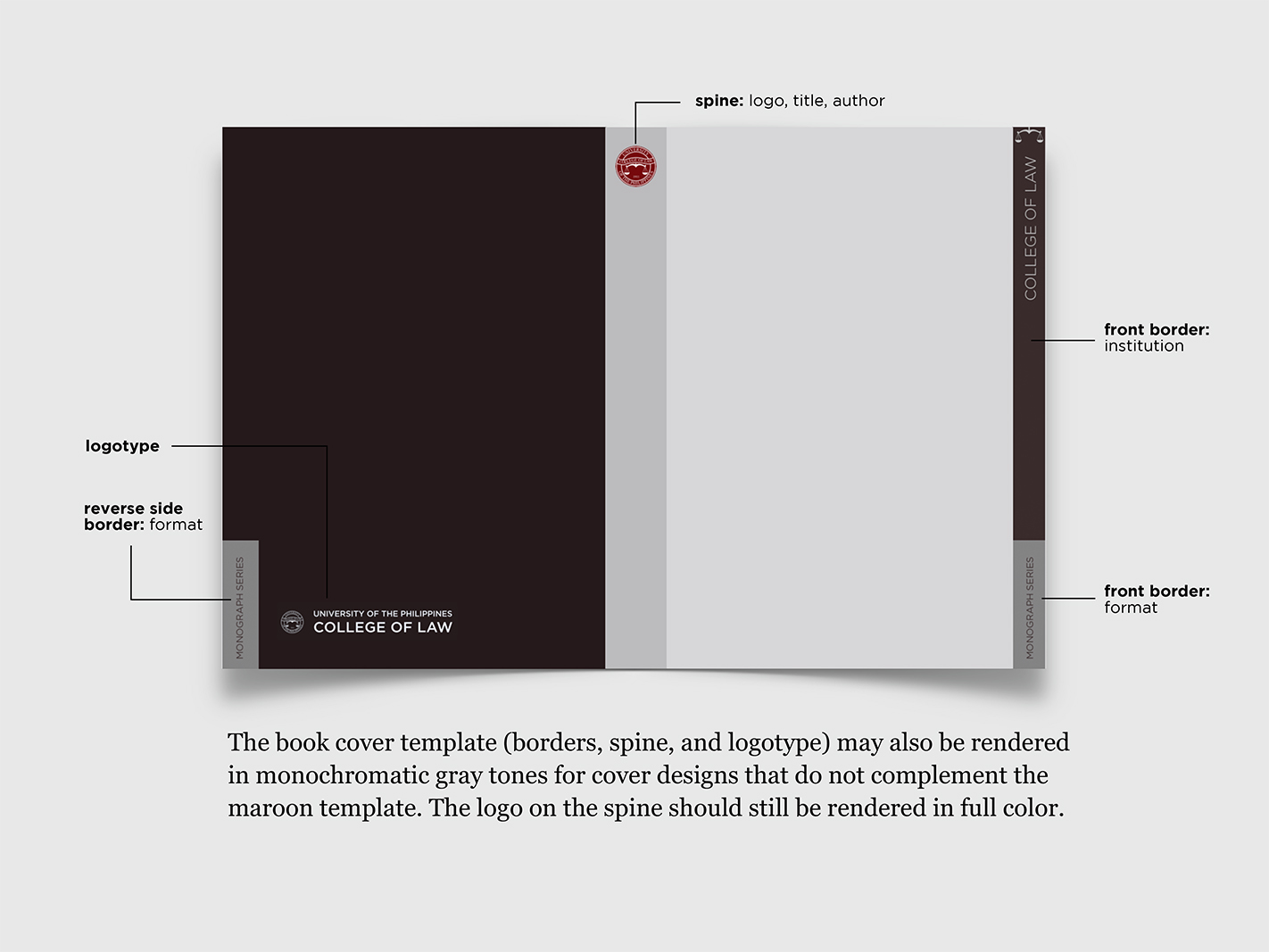













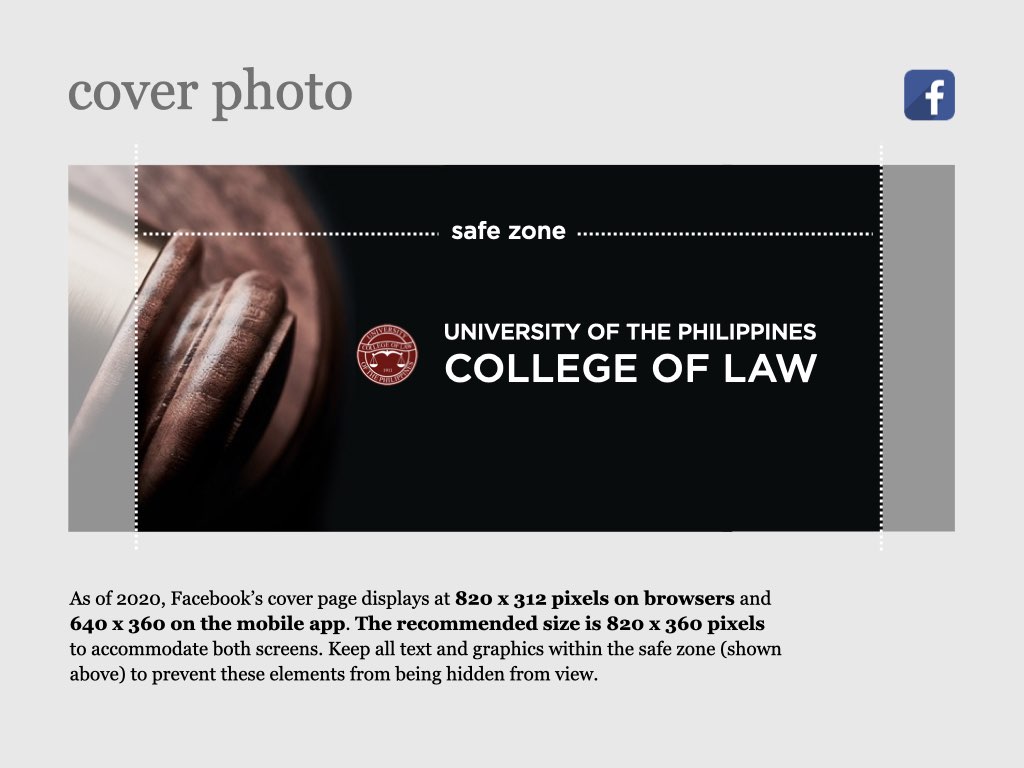

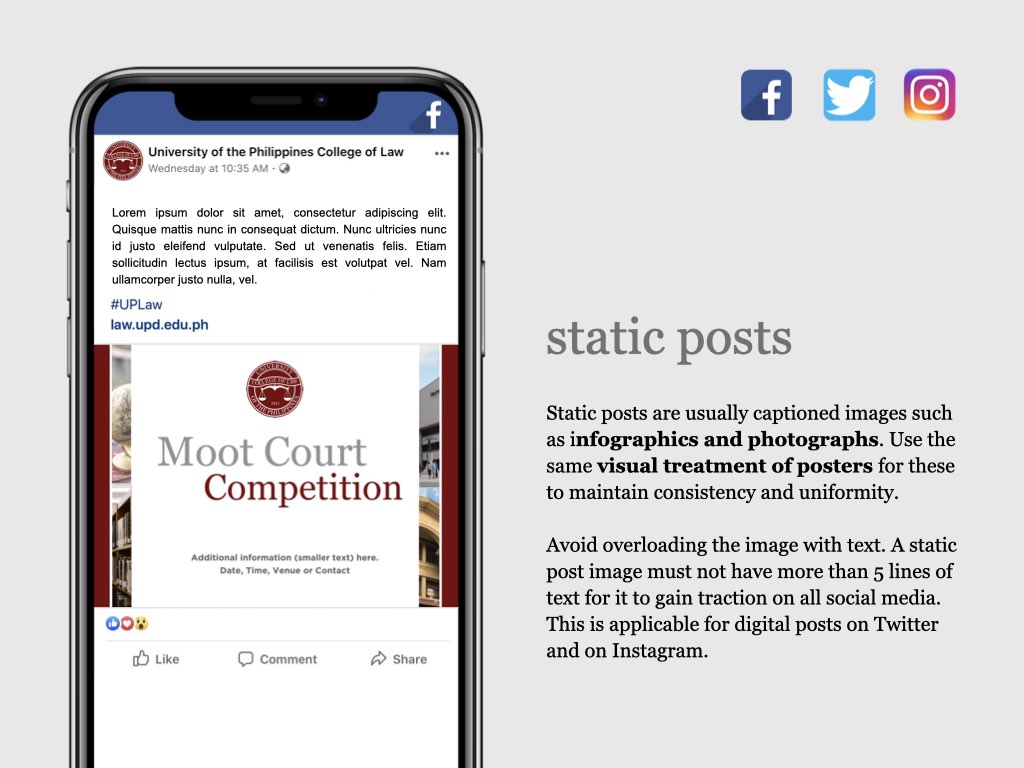
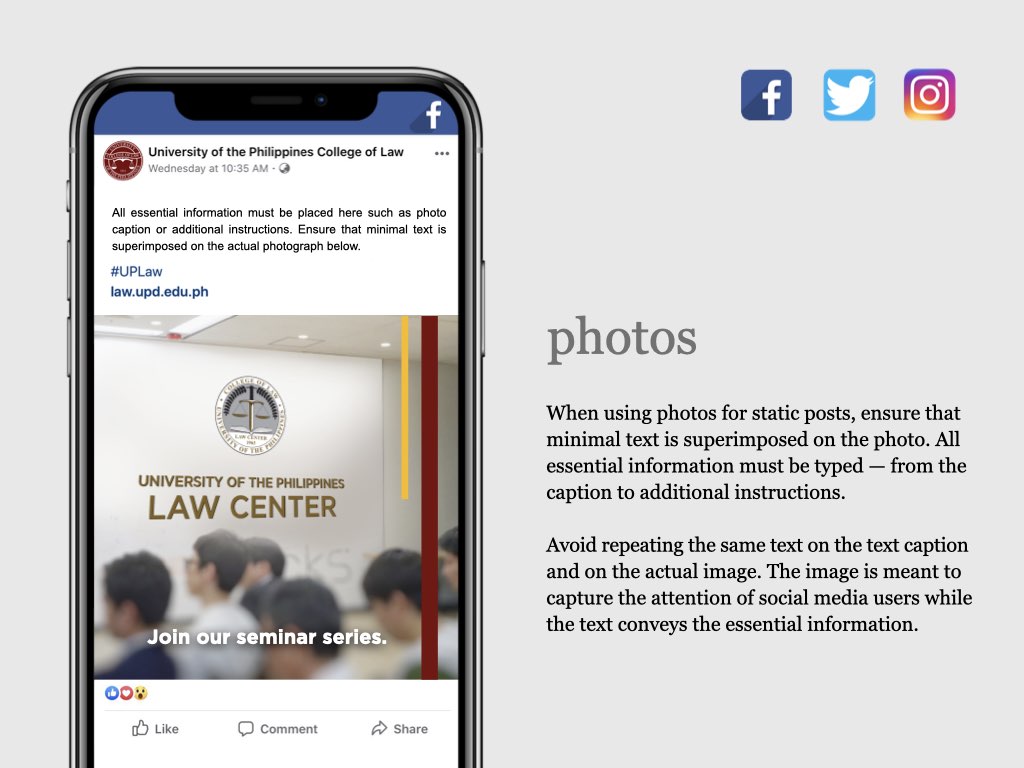

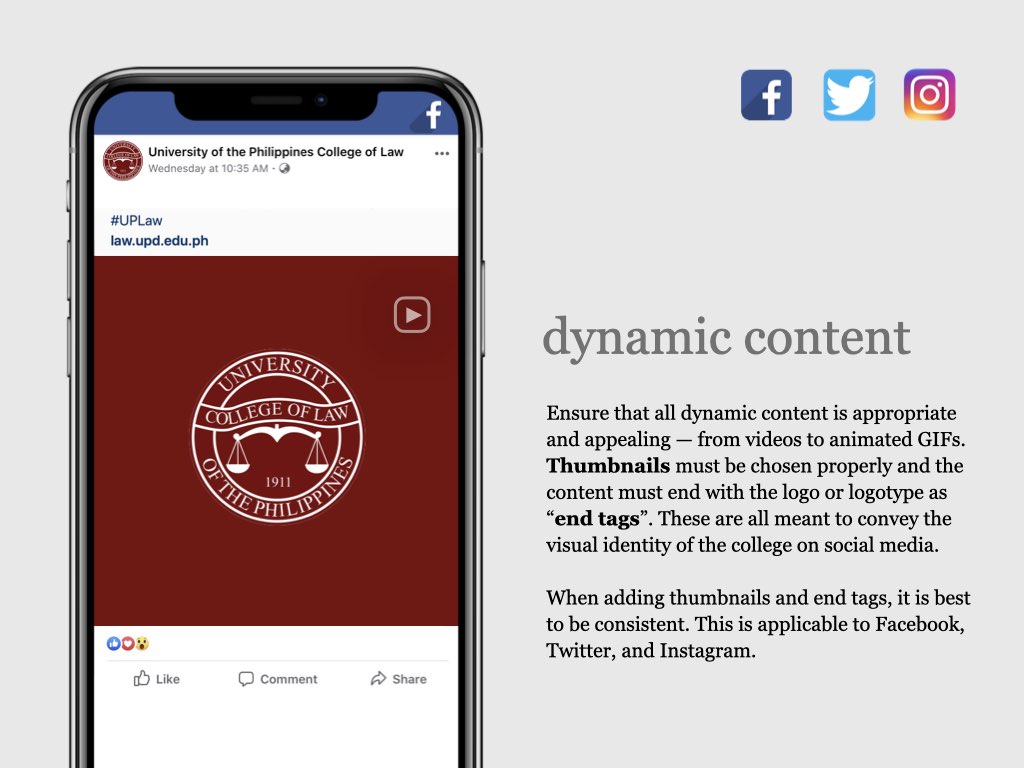
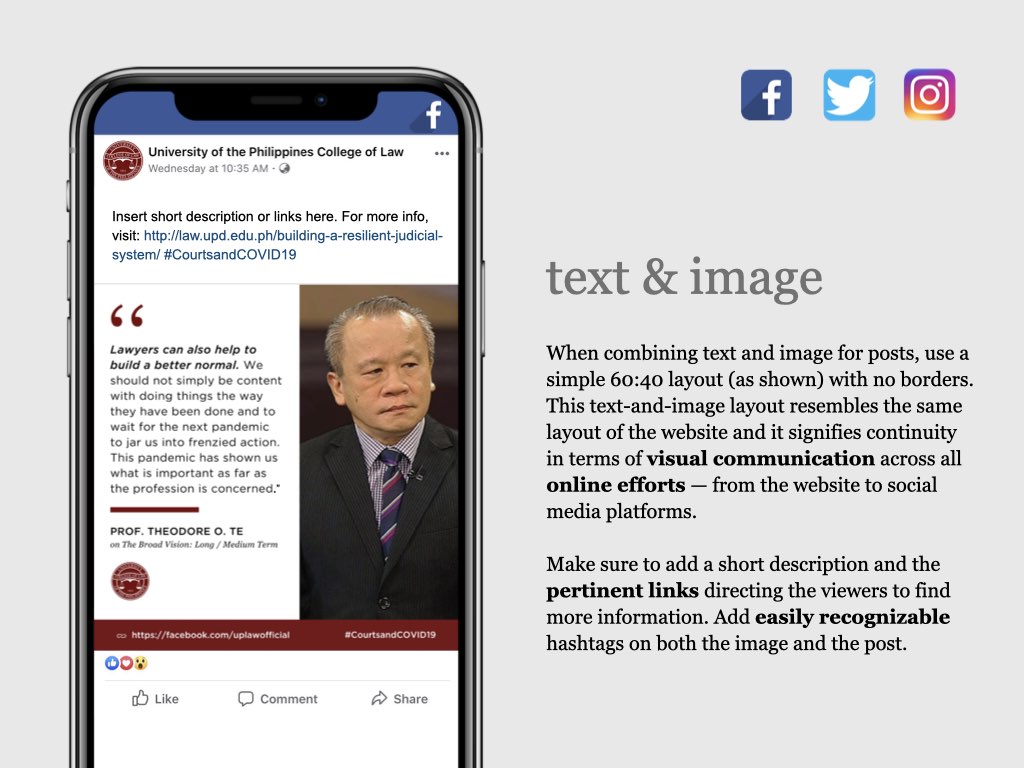
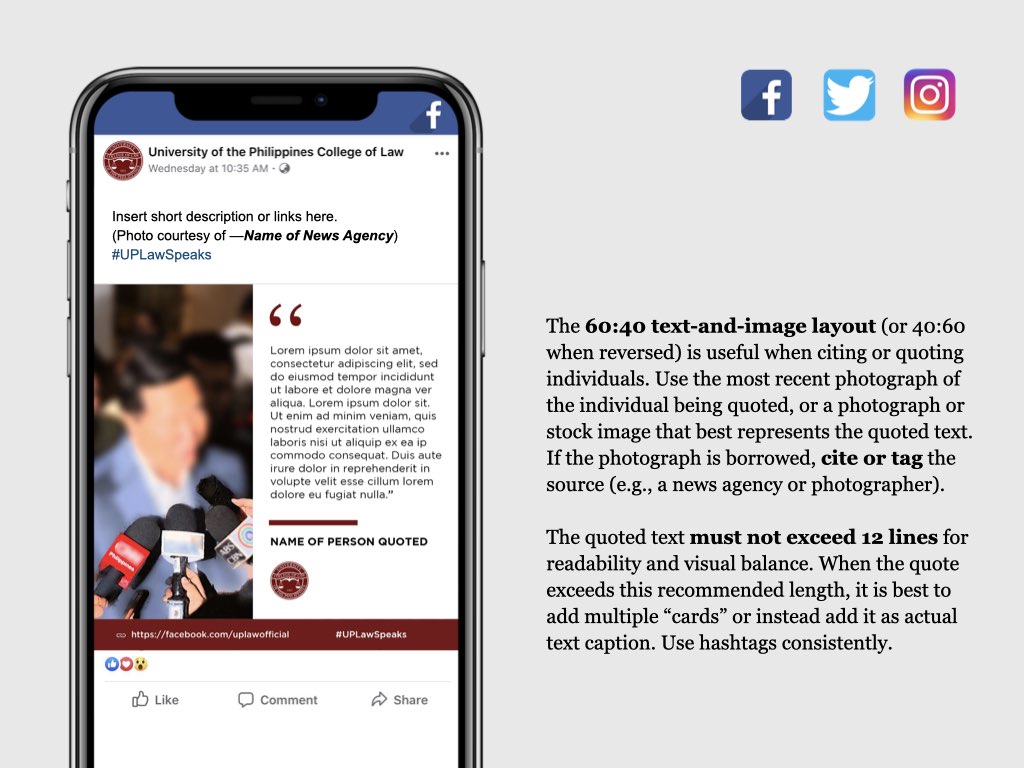


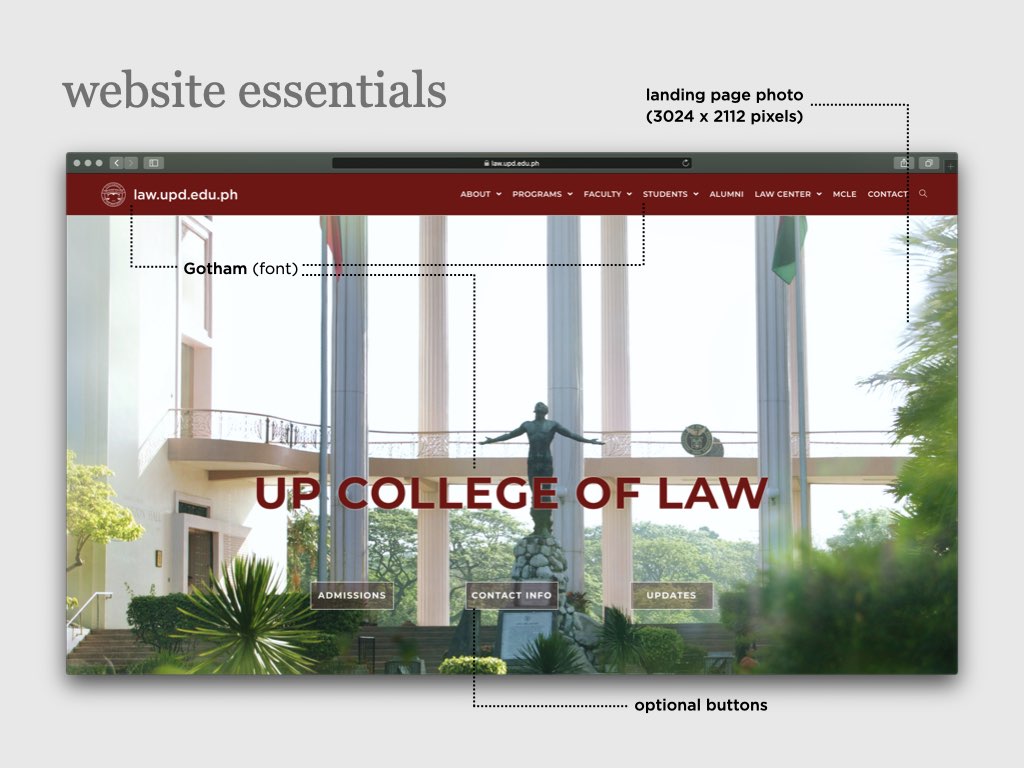


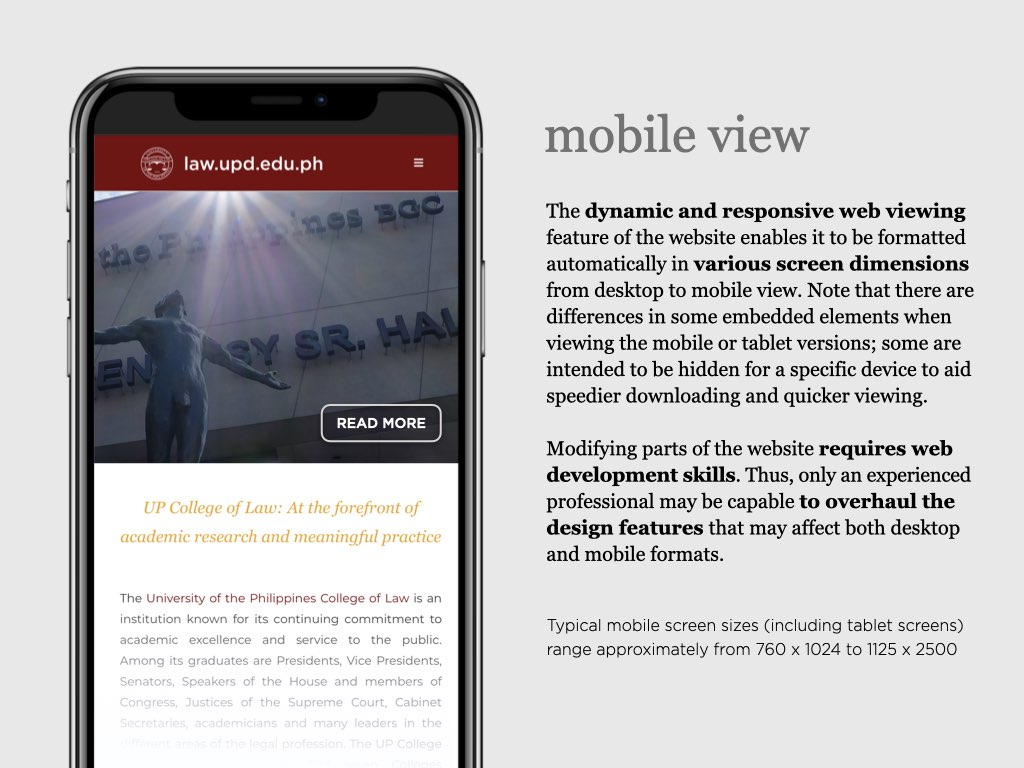

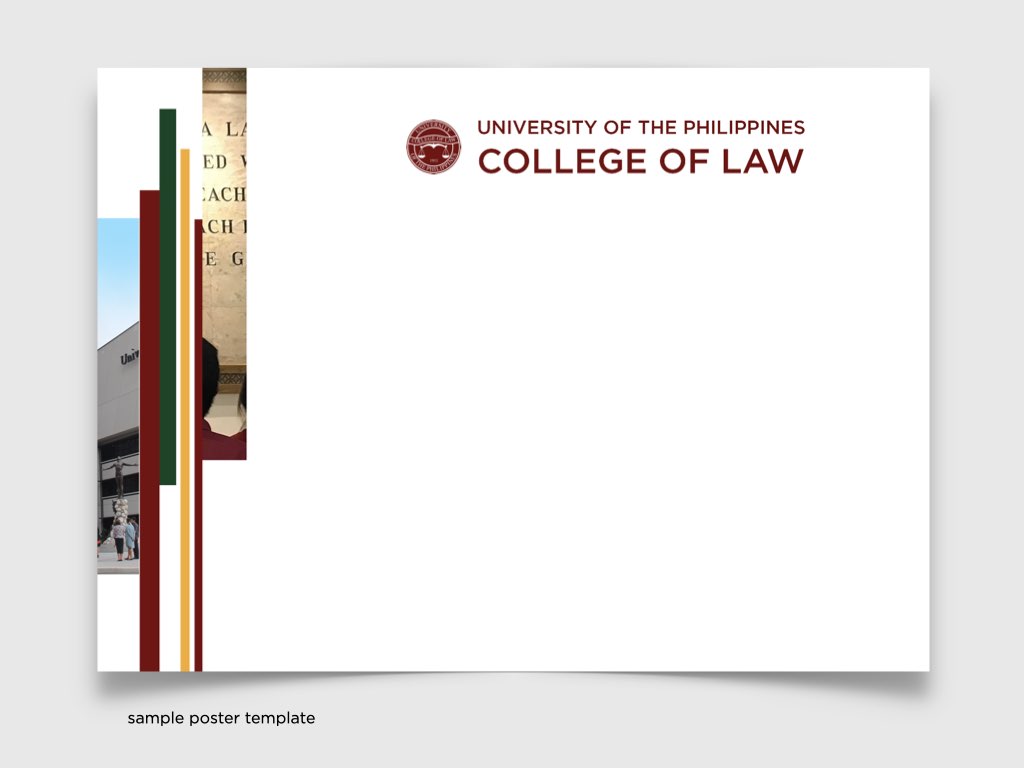
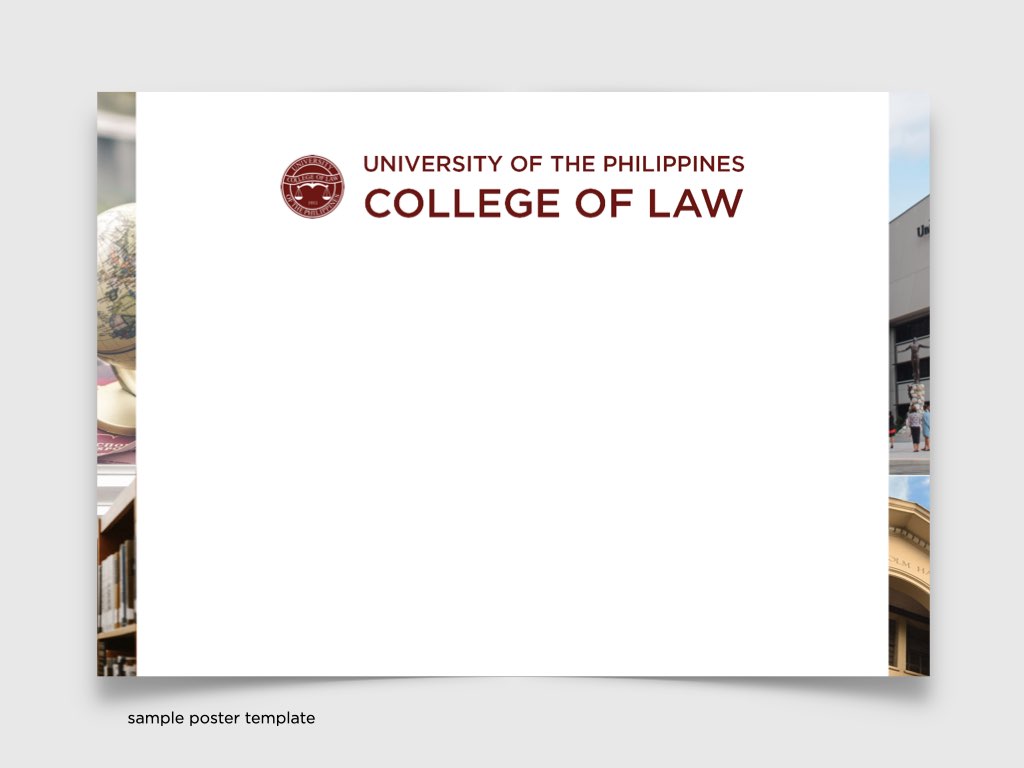
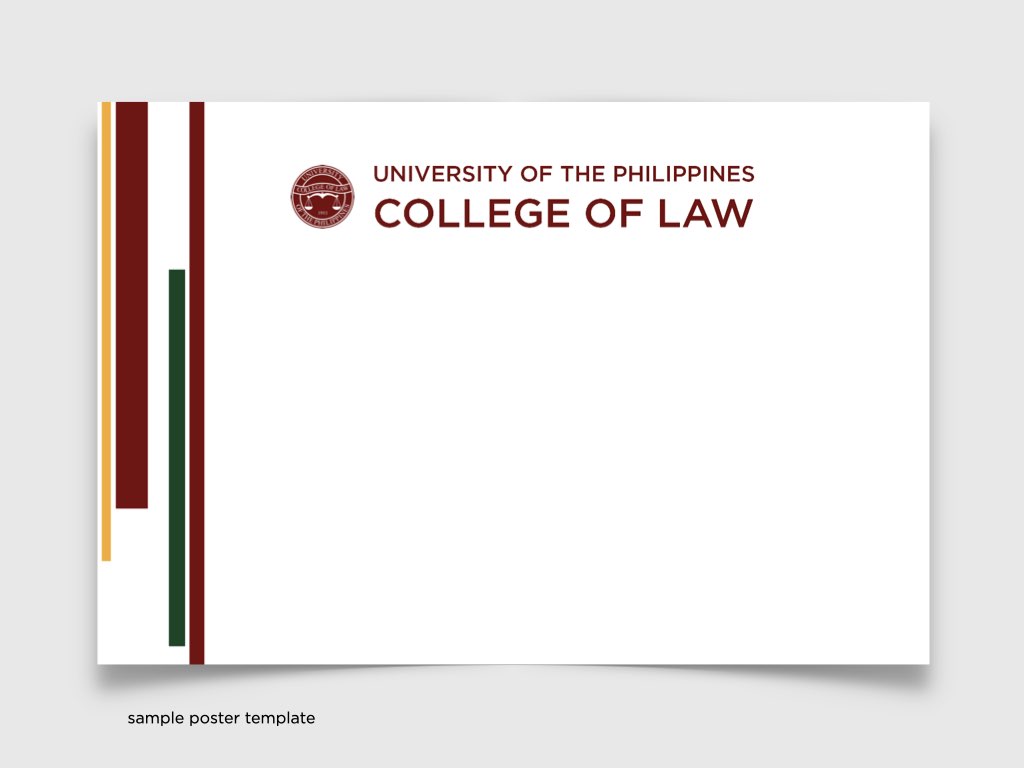
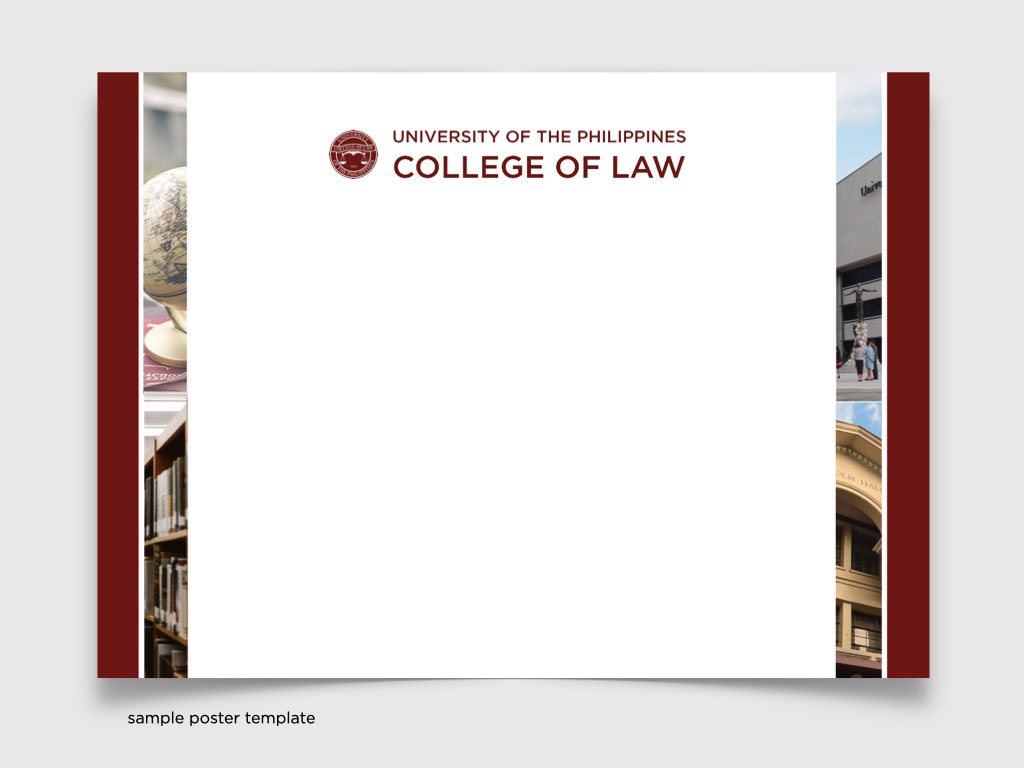
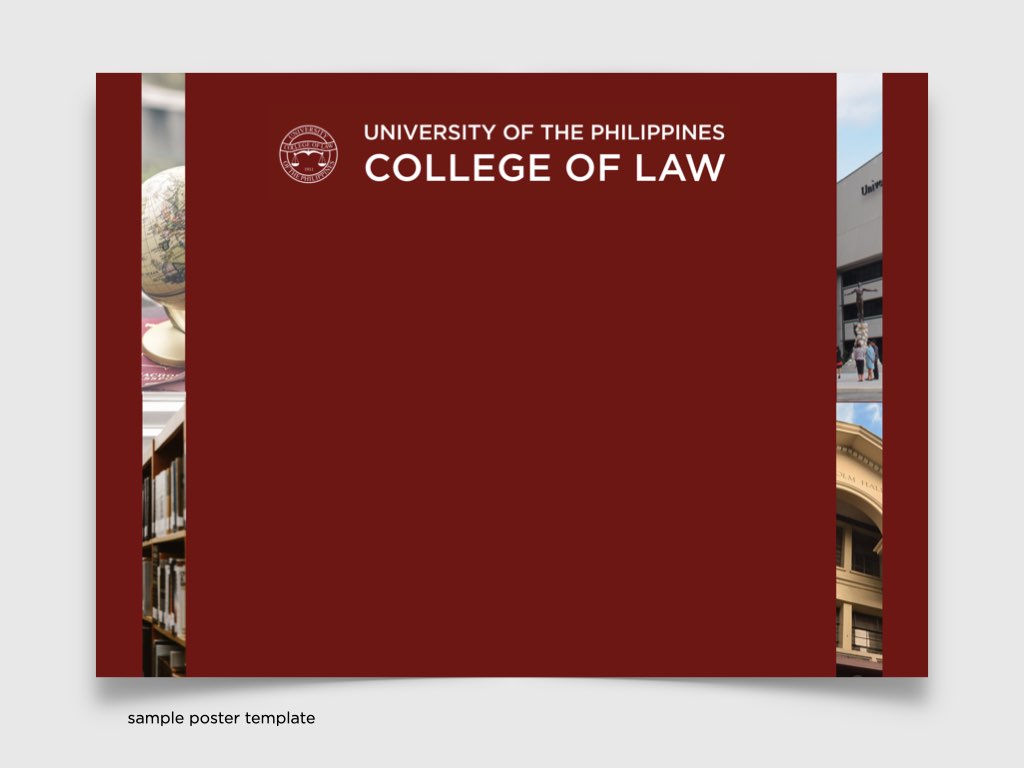
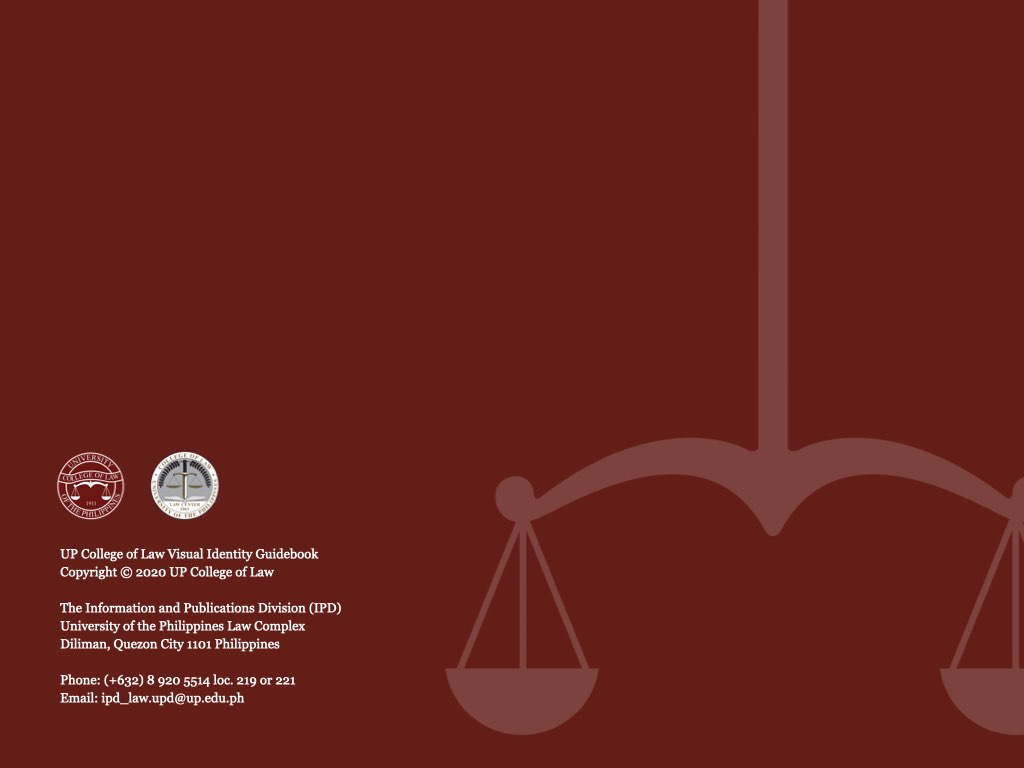
 on the upper right corner to select a video.
on the upper right corner to select a video.